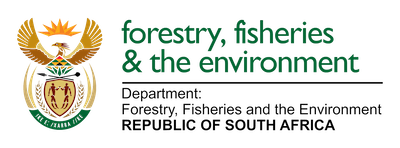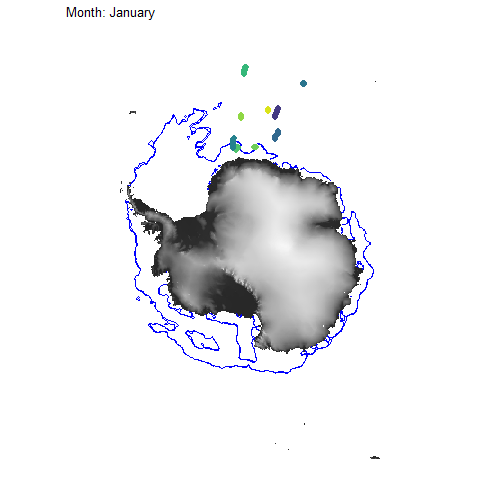
by Ria Olivier | Sep 10, 2021 | Mammology, Research, SANAP, Uncategorised
Ross seal ecology, behaviour and physiology in a changing environment
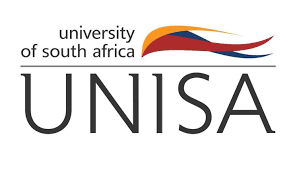
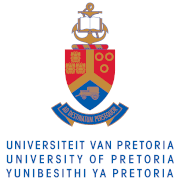 SANAP research project by Prof Trevor Mcintyre in die Department of Life and Consumer Sciences at University of South Afrcia as principal investigator and Dr Mia Wege , Co-Invesitigator from Department of Zoology and Entomology at University of Pretoria.
SANAP research project by Prof Trevor Mcintyre in die Department of Life and Consumer Sciences at University of South Afrcia as principal investigator and Dr Mia Wege , Co-Invesitigator from Department of Zoology and Entomology at University of Pretoria.
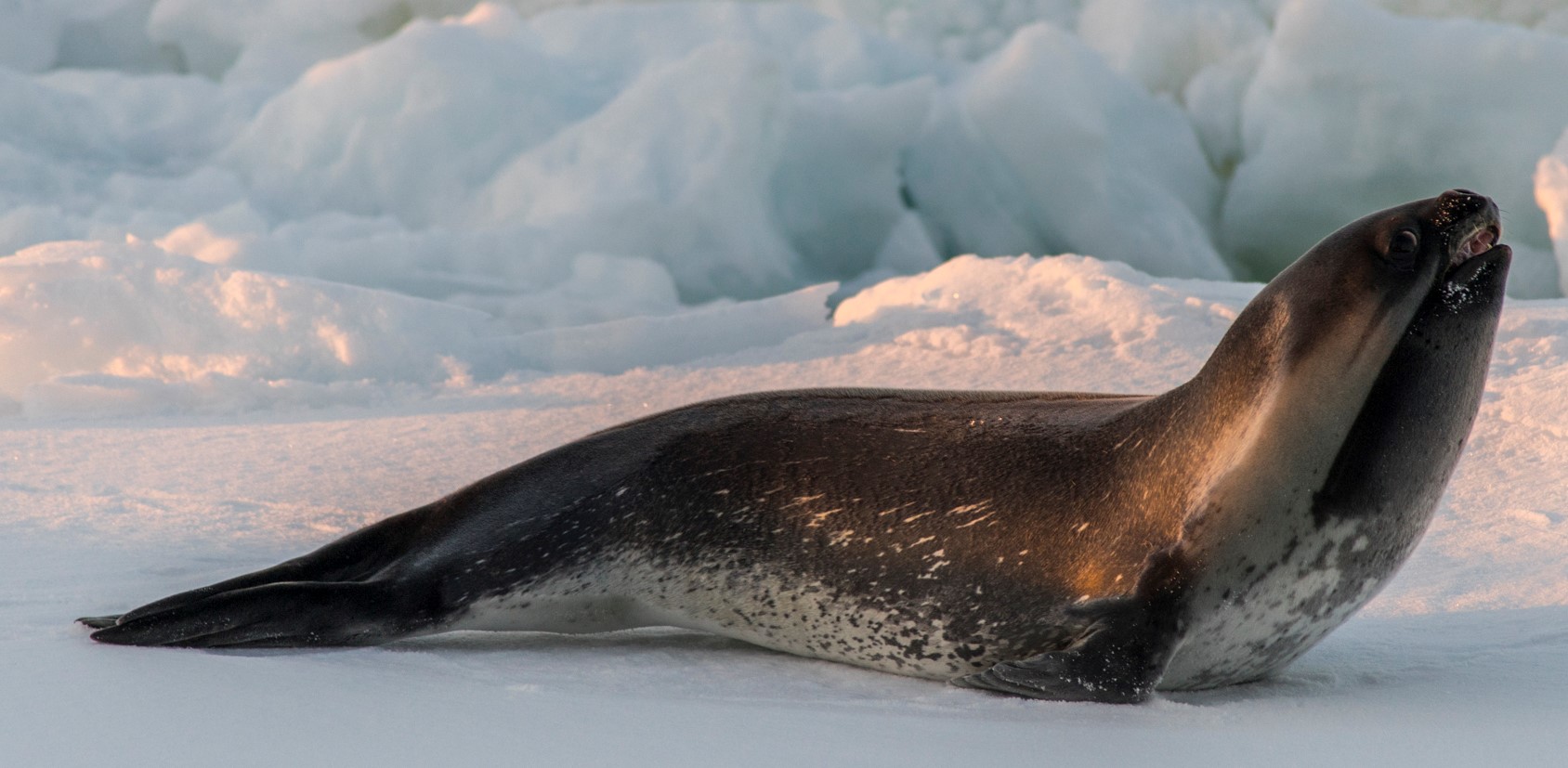 Antarctica and the surrounding Southern Ocean marine ecosystems are changing rapidly due to anthropogenic climate change. Seals, whales and seabirds, i.e. top-predators, are abundant and conspicuous components of the Southern Ocean ecosystem. Far-ranging and numerous consumers, they connect food webs and are influenced by the distribution of their prey. Labelled as sentinels of change, they are well-studied in comparison to other Antarctic and Southern Ocean taxa. (Image above: Ross Seal. Credit: Mia Wege)
Antarctica and the surrounding Southern Ocean marine ecosystems are changing rapidly due to anthropogenic climate change. Seals, whales and seabirds, i.e. top-predators, are abundant and conspicuous components of the Southern Ocean ecosystem. Far-ranging and numerous consumers, they connect food webs and are influenced by the distribution of their prey. Labelled as sentinels of change, they are well-studied in comparison to other Antarctic and Southern Ocean taxa. (Image above: Ross Seal. Credit: Mia Wege)
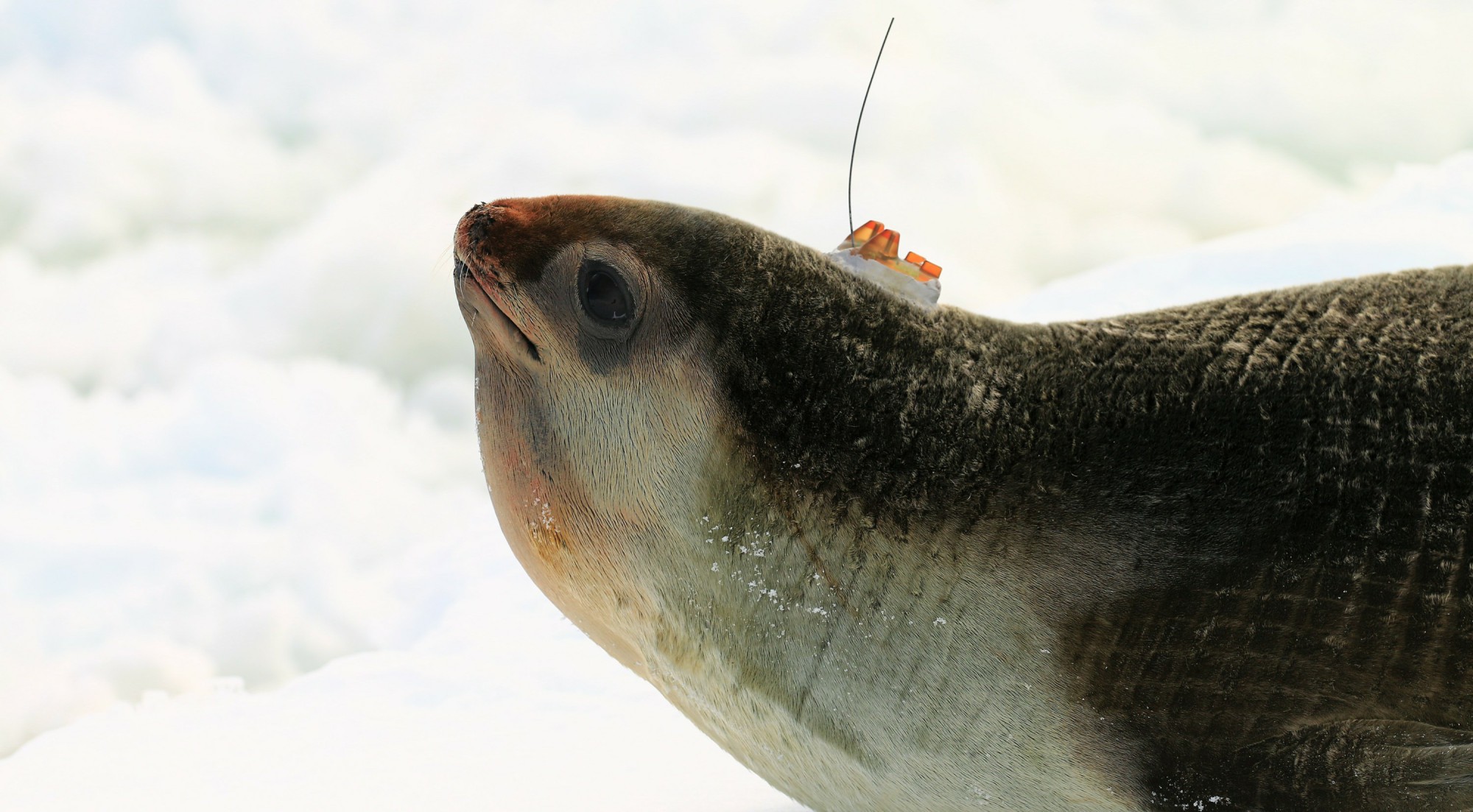 Ross seals (Ommatophoca rossii), the least-studied of all the Antarctic pinnipeds, are unique in their foraging behaviour. Unlike other Antarctic marine predators, they travel north and away from the Antarctic continent. In summer, they hunt for prey in the open ocean, while in winter they spent the majority of their time within the Marginal Ice Zone (MIZ), tracking the seasonal ice edge as it grows within winter. This unique behaviour raises several questions and opportunities to study the impacts of climate change on their ocean habitat. (Image above: Ross Seal Credit: Mia Wege)
Ross seals (Ommatophoca rossii), the least-studied of all the Antarctic pinnipeds, are unique in their foraging behaviour. Unlike other Antarctic marine predators, they travel north and away from the Antarctic continent. In summer, they hunt for prey in the open ocean, while in winter they spent the majority of their time within the Marginal Ice Zone (MIZ), tracking the seasonal ice edge as it grows within winter. This unique behaviour raises several questions and opportunities to study the impacts of climate change on their ocean habitat. (Image above: Ross Seal Credit: Mia Wege)
 This project aims to create an integrative view of Ross seals focusing on foraging ecology, physiology, and interactions with the MIZ. Fine-scale dive recorders will measure how Ross seals adapt their behaviour within the water column in response to environmental change. Novel physiological data collected on their aerobic dive limit and oxygen storage capabilities will determine whether this species is operating at, or close to, its maximum physiological capacity and therefore less capable of compensating for natural or anthropogenic changes in the environment.
This project aims to create an integrative view of Ross seals focusing on foraging ecology, physiology, and interactions with the MIZ. Fine-scale dive recorders will measure how Ross seals adapt their behaviour within the water column in response to environmental change. Novel physiological data collected on their aerobic dive limit and oxygen storage capabilities will determine whether this species is operating at, or close to, its maximum physiological capacity and therefore less capable of compensating for natural or anthropogenic changes in the environment.
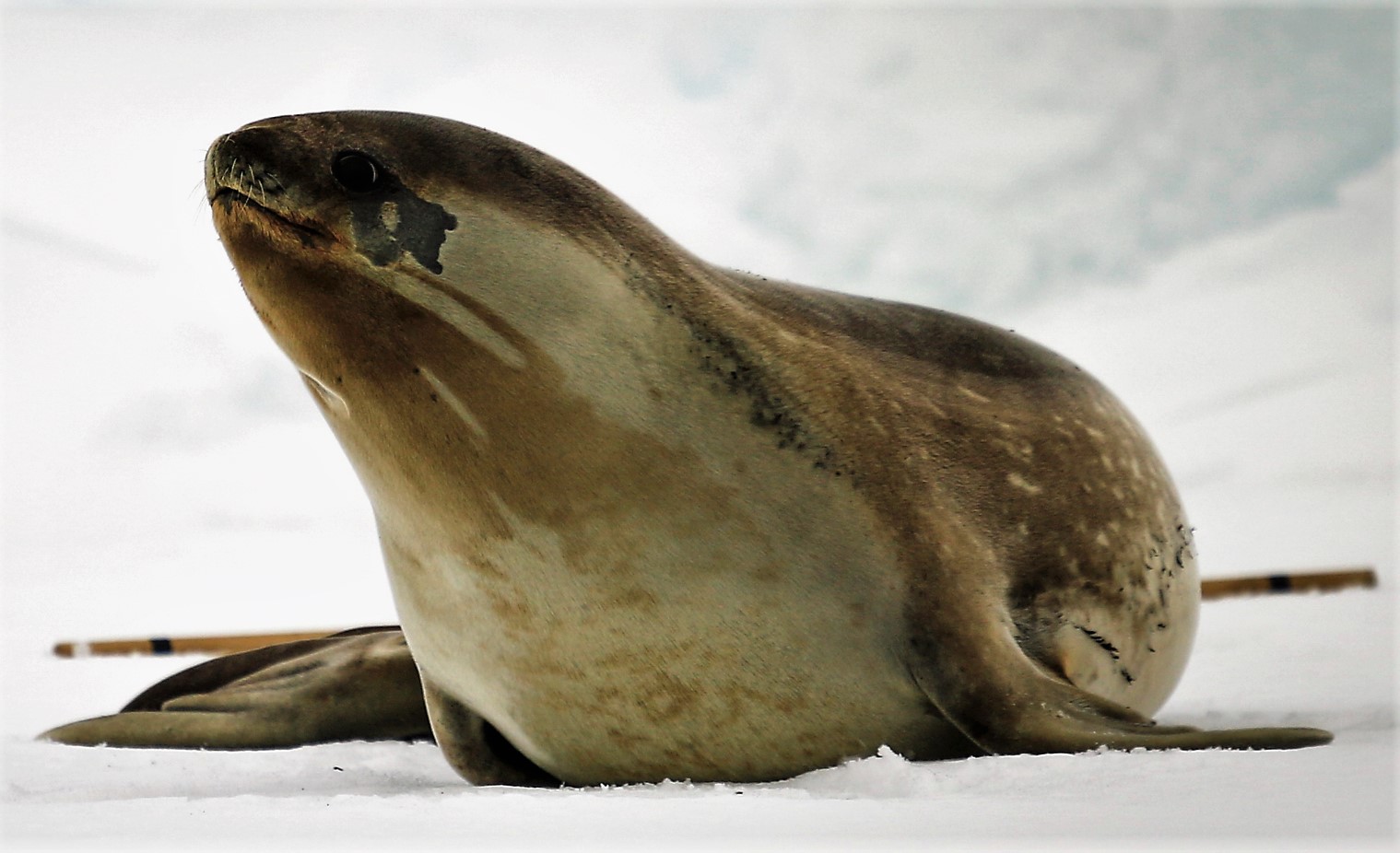 A time-series created for compound-specific isotope analyses of amino acids using whisker segments will be able discern how specialised these predators are in their diet in relation to changes in a shifting isotopic baseline.Combining these three facets will determine the level of behavioural plasticity in Ross seals and their ability to cope with a changing environment.
A time-series created for compound-specific isotope analyses of amino acids using whisker segments will be able discern how specialised these predators are in their diet in relation to changes in a shifting isotopic baseline.Combining these three facets will determine the level of behavioural plasticity in Ross seals and their ability to cope with a changing environment.
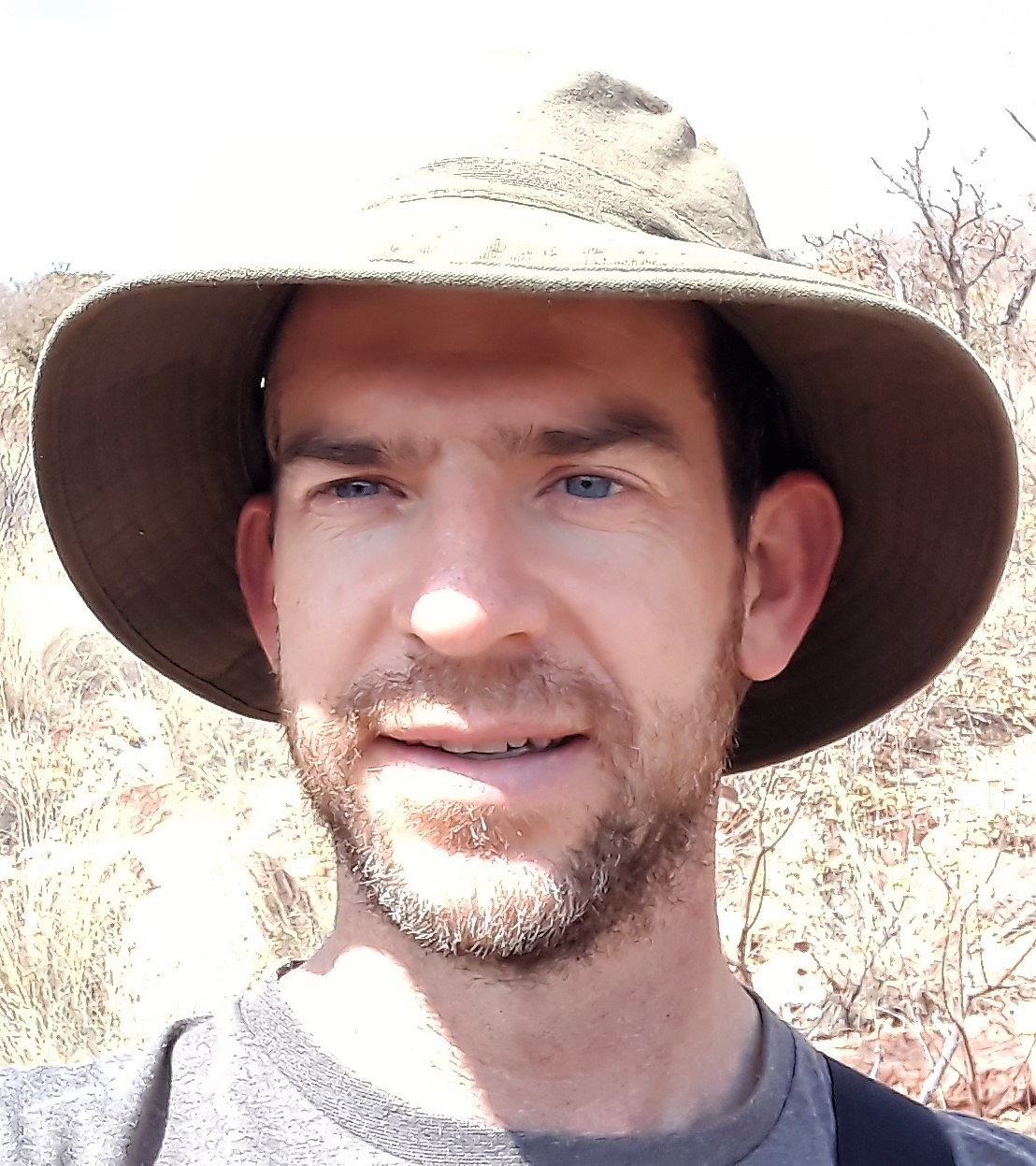
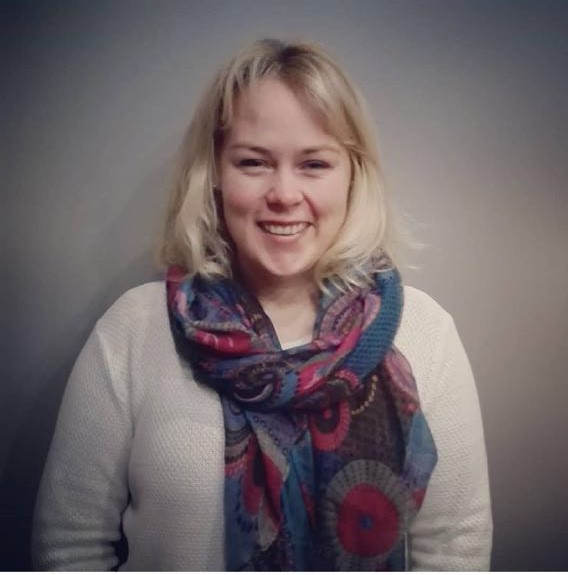 Above: (Left) Trevor McIntyre (Right) Mia Wege
Above: (Left) Trevor McIntyre (Right) Mia Wege
Read article by Mia Wege et al: “Distribution and Habitat Suitability of Ross Seals in a Warming Ocean”
To indulge in a few more images of of seals. Credit: Mia Wege

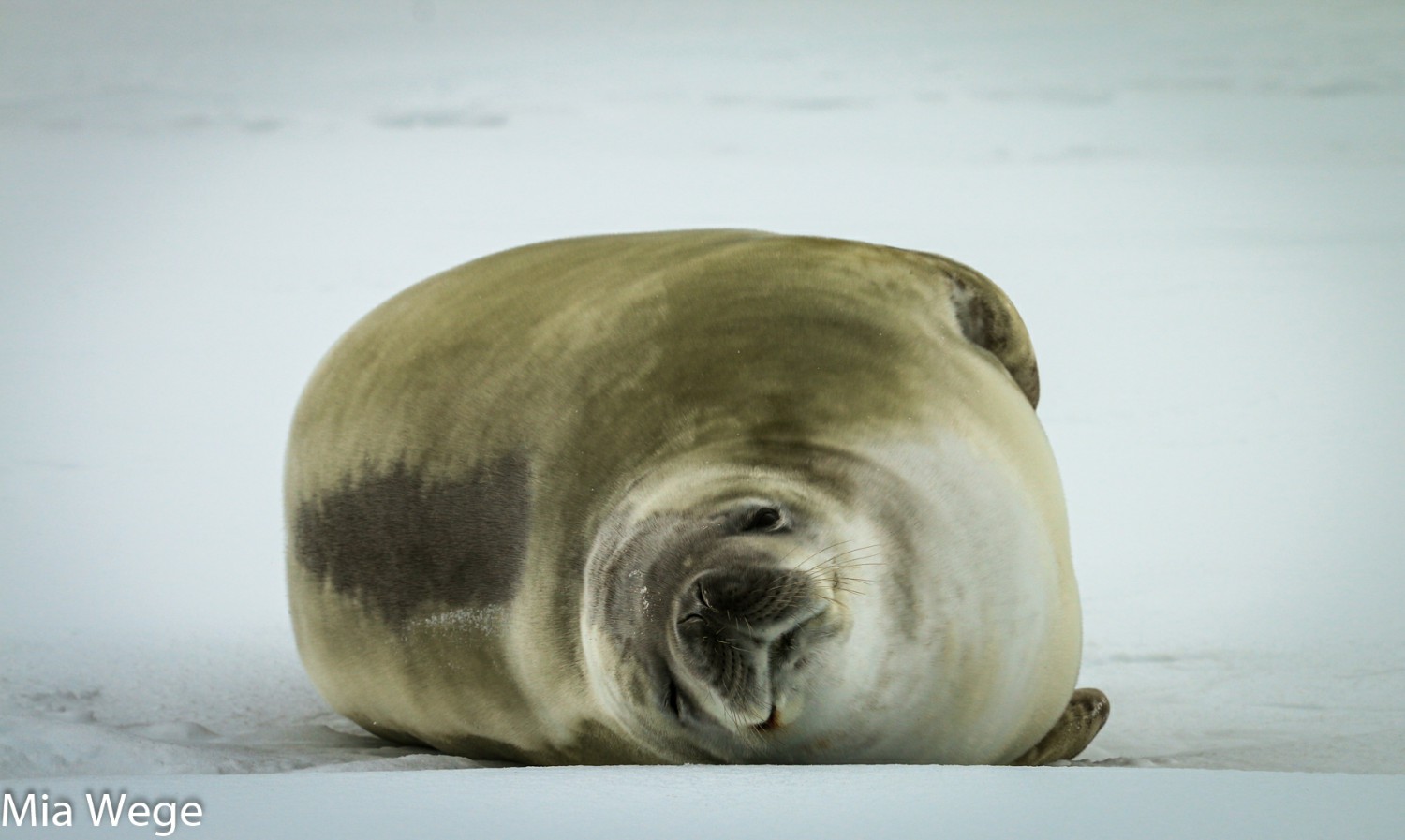 Crabeater seals
Crabeater seals
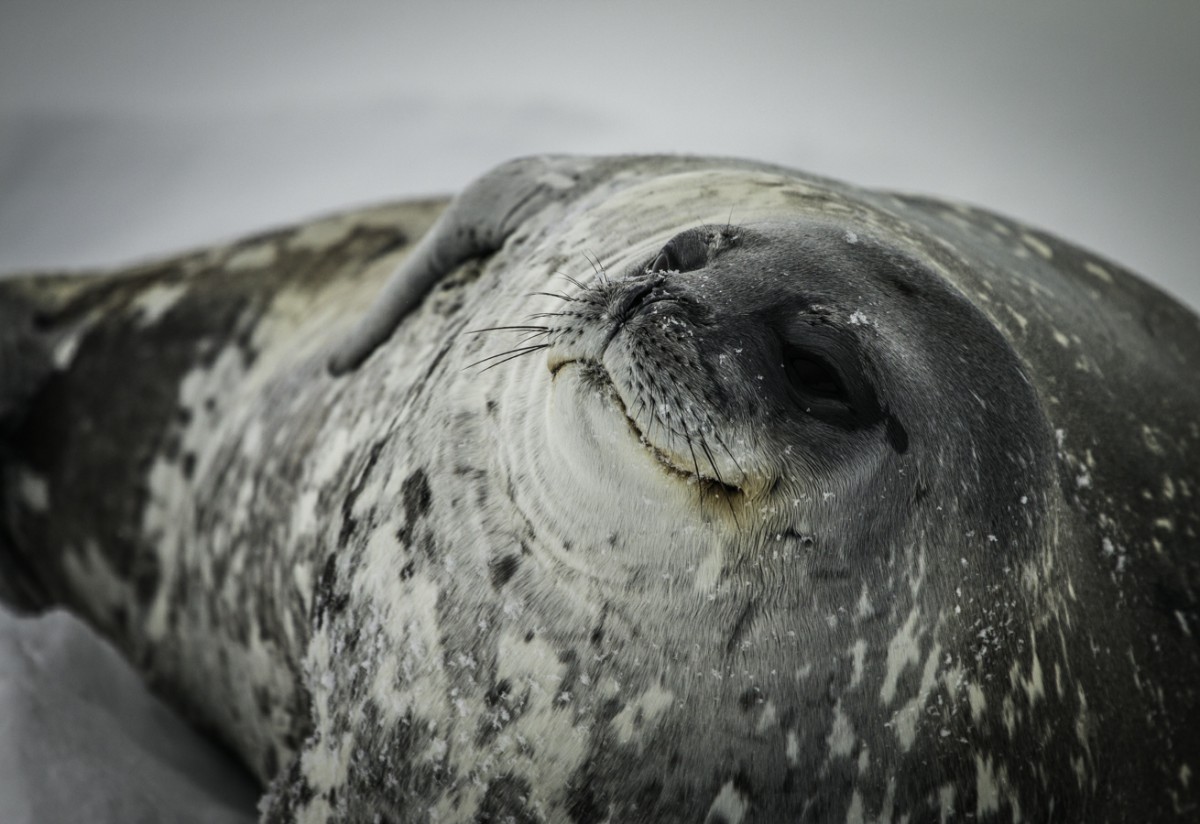
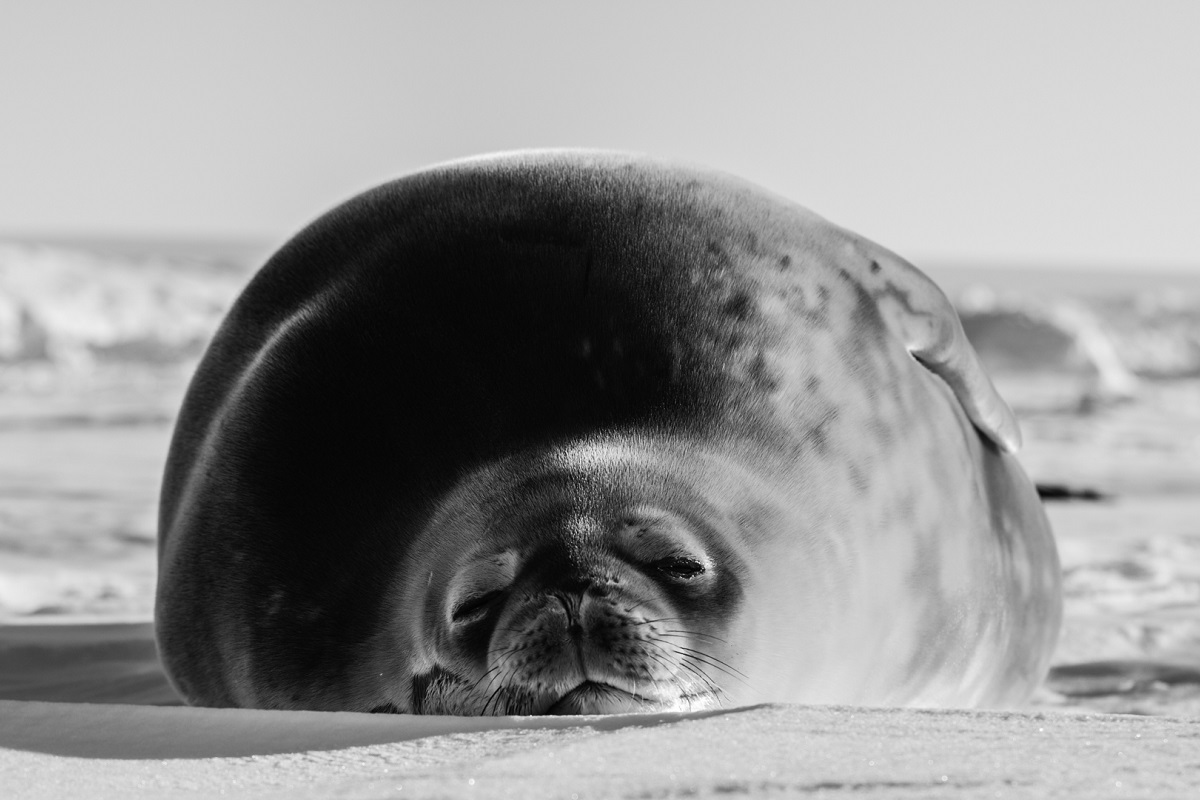
Weddell Seals
Text and images supllied by Trevor McIntyre and Mia Wege.

by Ria Olivier | Sep 2, 2021 | Legacy, Marion Island, Uncategorised
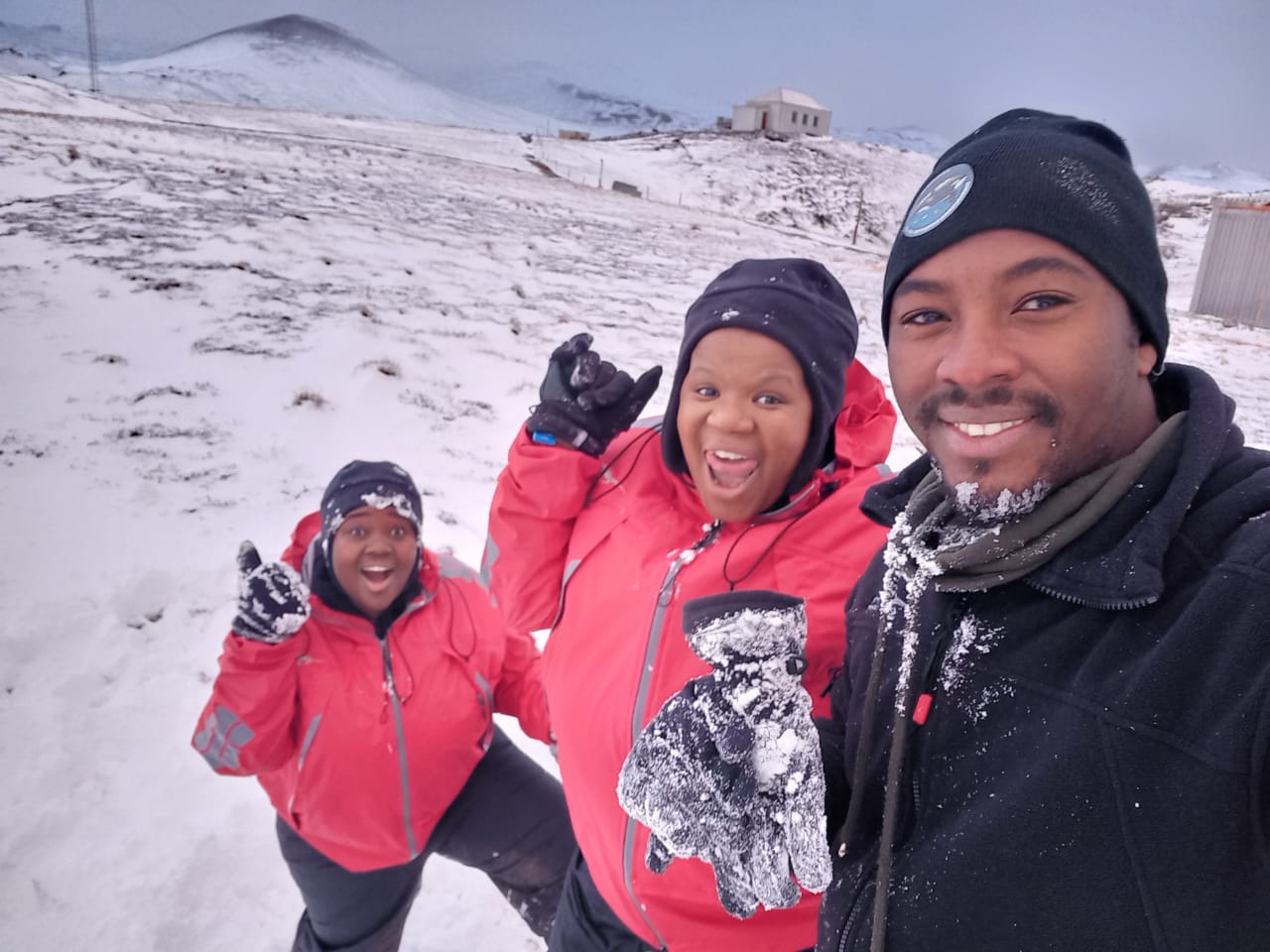 Marion 78, our Overwintering team members at Marion Island celebrate Spring 2021. (Above(l-r: Alicia Siyasanga, Tlhonolofatso)
Marion 78, our Overwintering team members at Marion Island celebrate Spring 2021. (Above(l-r: Alicia Siyasanga, Tlhonolofatso)
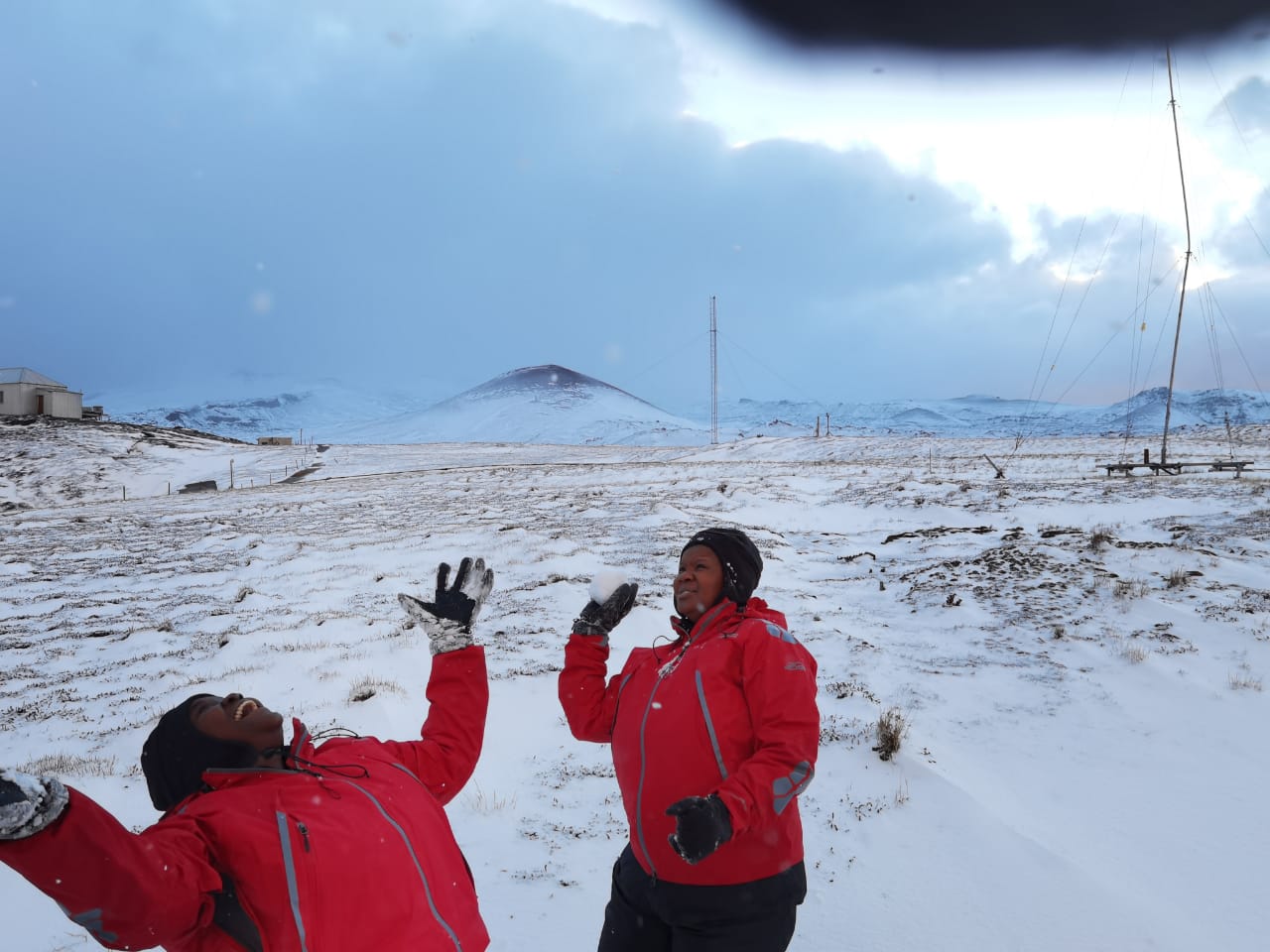
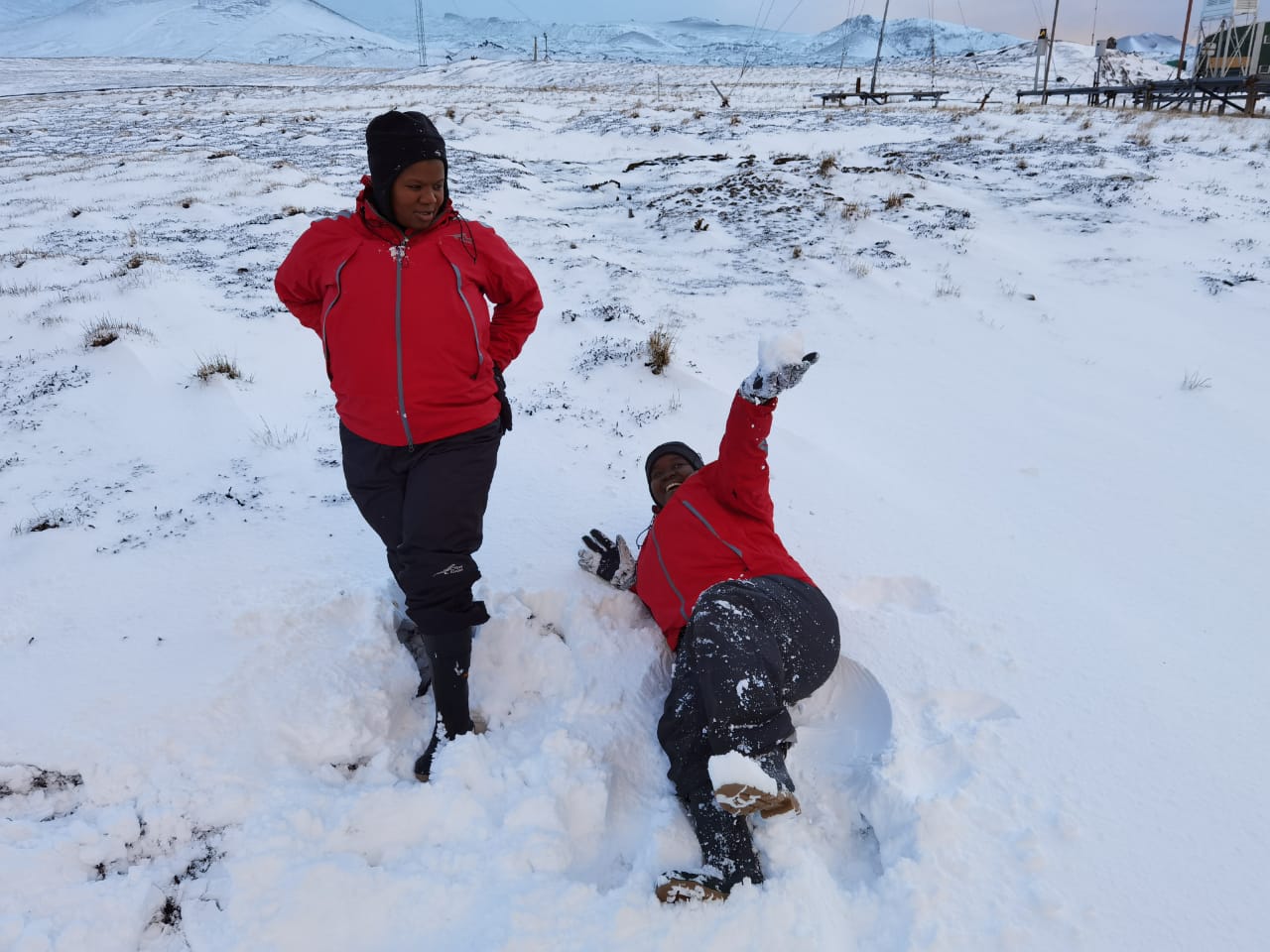
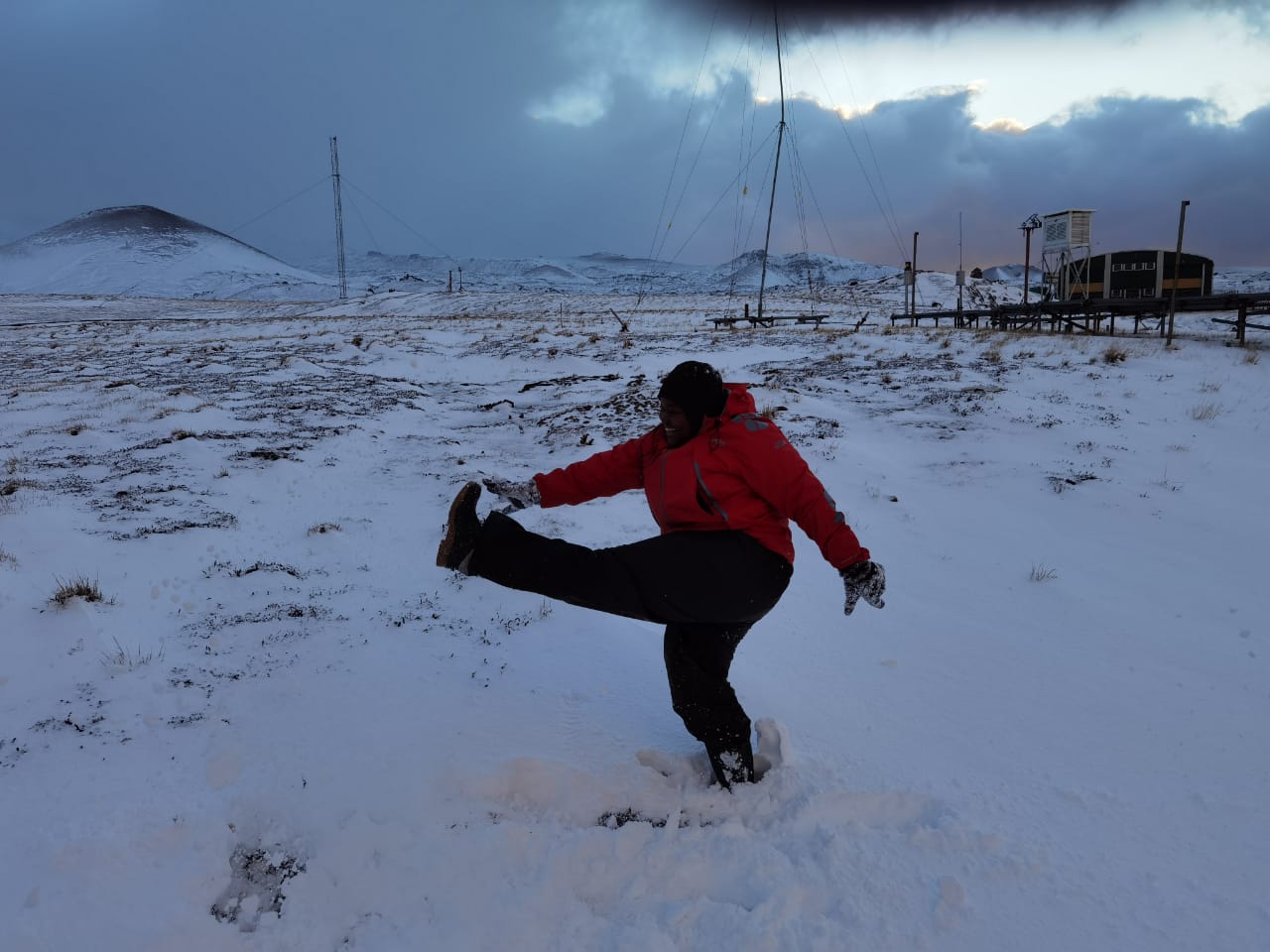
Our Meteorologist team of the South African Weather Services, Alicia Phakula (Meteorologist Technician), Siyasanga Mpehle (senior Meteorologist) and Tlhonolofatso Tebele (Meteorologist Technician) made some time to take these pictures on Spring day in the snow and share their experience with us.
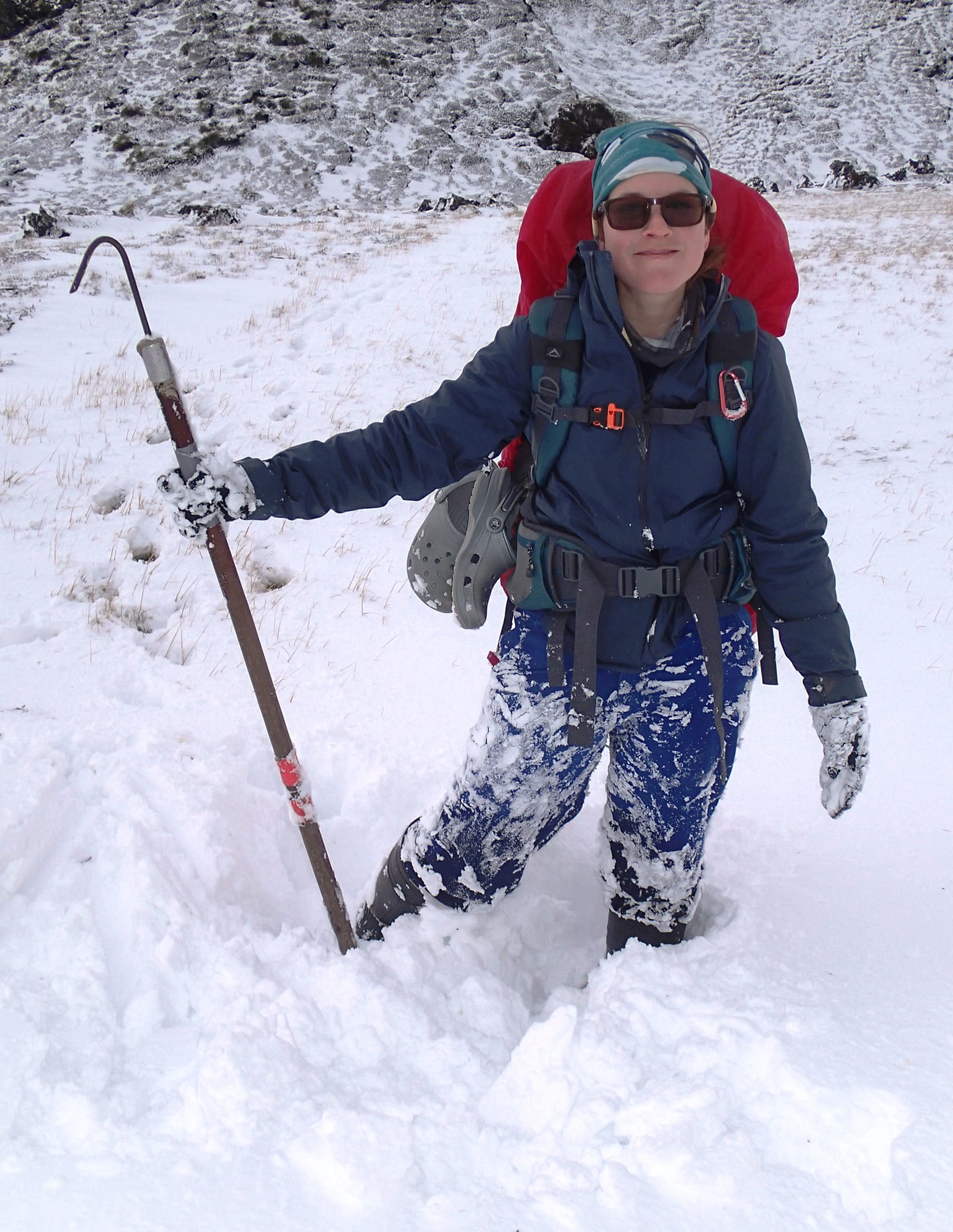 Danielle Conri, field assistant on killer whales of the Marion Island Marine Mammal Program of Pretoria University celebrates spring day while crossing though Marion Island to sensus seals (photo credit Wild Ocean Wanderers)
Danielle Conri, field assistant on killer whales of the Marion Island Marine Mammal Program of Pretoria University celebrates spring day while crossing though Marion Island to sensus seals (photo credit Wild Ocean Wanderers)
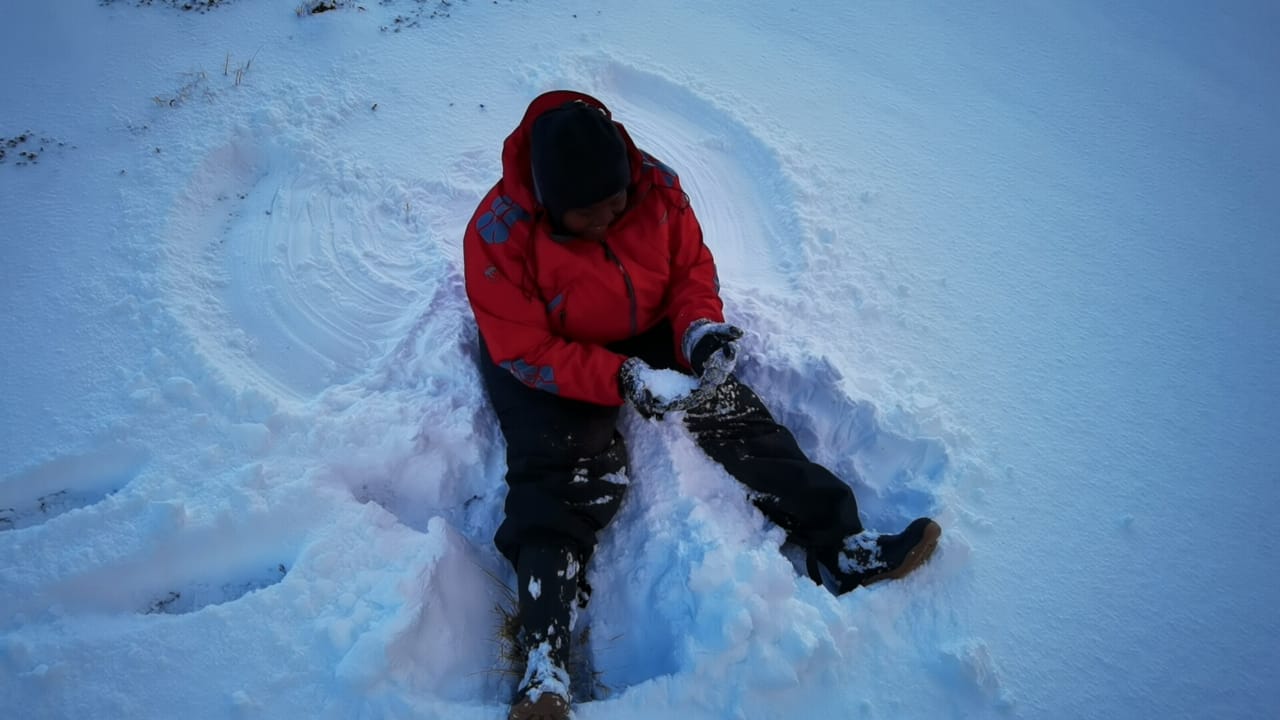
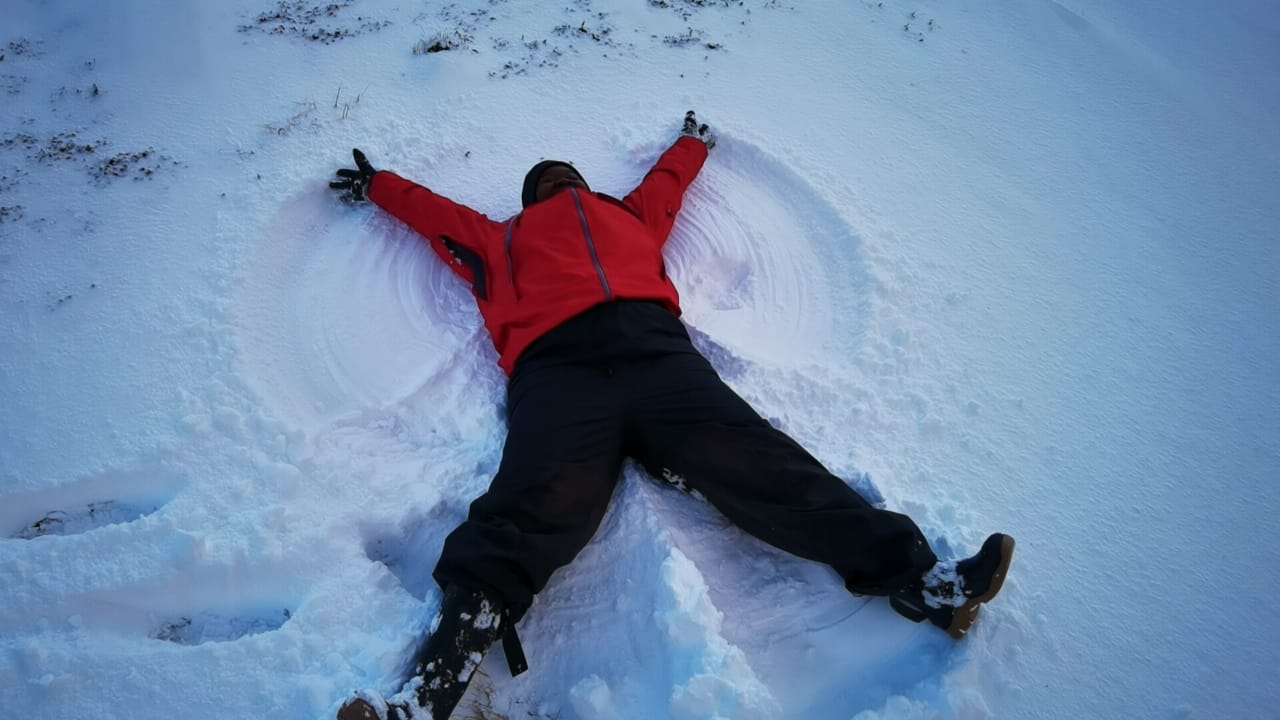 Always good to make a snow angel.
Always good to make a snow angel.
Follow Wild Ocean Wanderers on Facebook to keep up to date with the Marion 78 team

by Ria Olivier | Jun 25, 2021 | International Days, Oceanography, Research, SA Agulhas II, Uncategorised
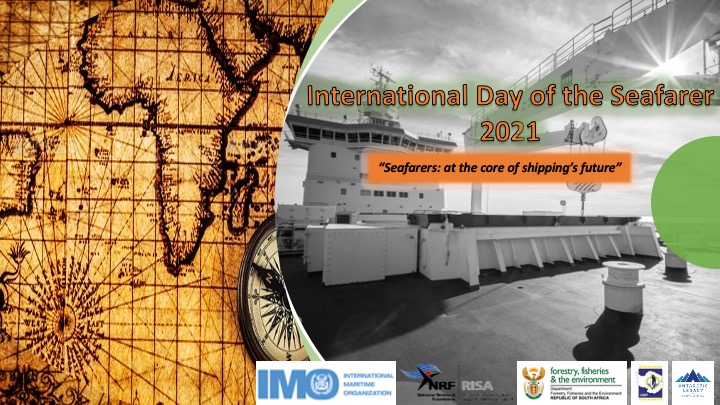
On the 25th June, we celebrate International Day of the Seafarer and recognise the invaluable contribution seafarers make to world trade and the global economy.
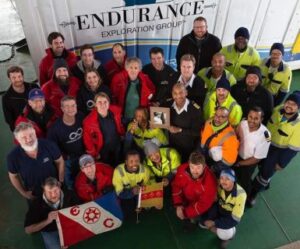
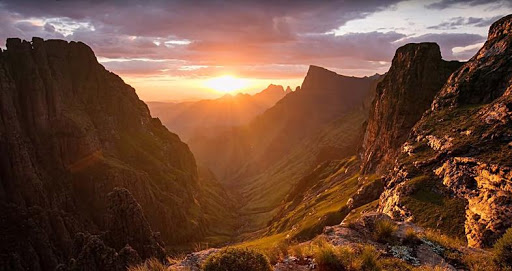

The Day of the Seafarer was established in 2010 by a resolution adopted in Manila during a diplomatic conference and has since been driven by the International Maritime Organization (IMO). This year is the 11th anniversary of the Day of the Seafarer and the IMO has outlined the following theme: “Seafarers: at the core of shipping’s future”. The theme “seeks to increase the visibility of seafarers by drawing attention to the invaluable role they play now and will continue to play in the future.”
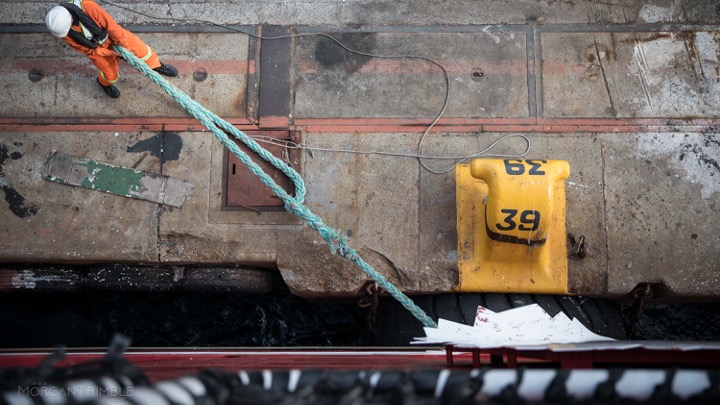
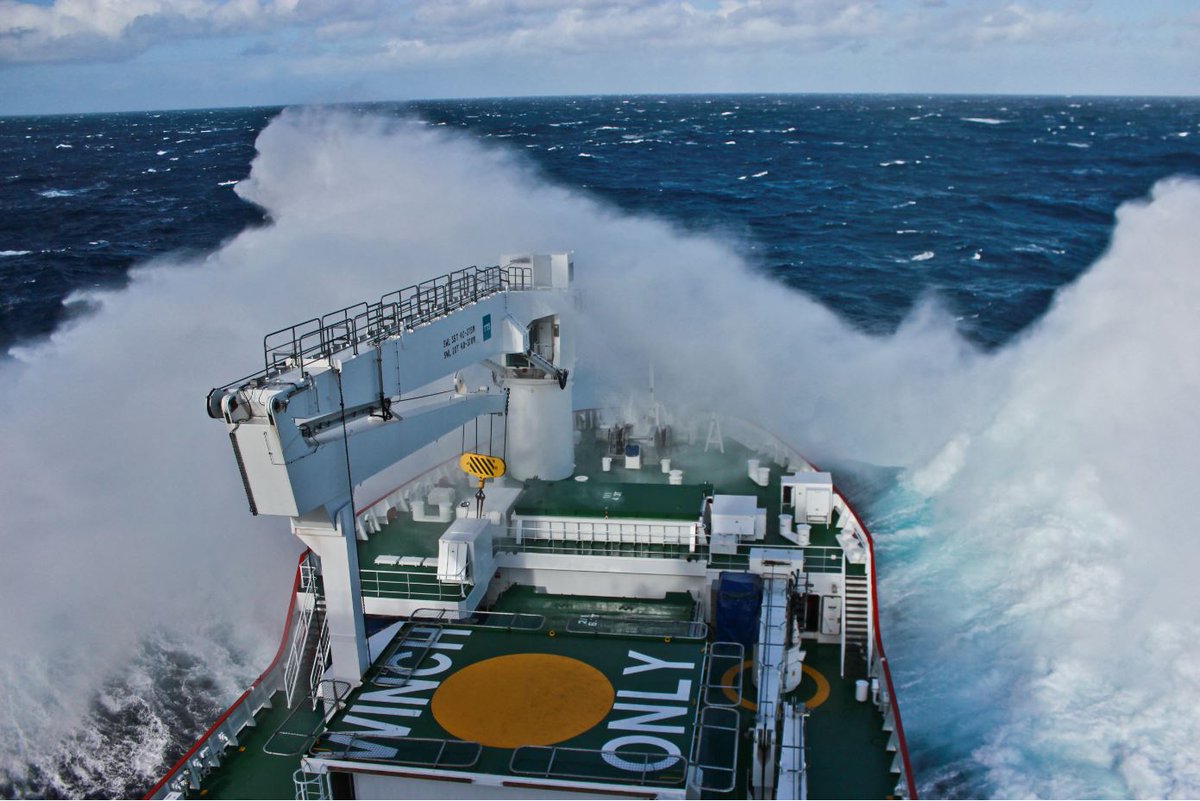
This day allows for the recognition of the unique and vital roles seafarers play in the global community and the United Nations recognise this as an observance day. The Day of the Seafarer encourages the public and ignites official conversations about seafarers and the need to uphold their well-being, ensure a safe working environment and pay tribute to the great sacrifices made within this industry.
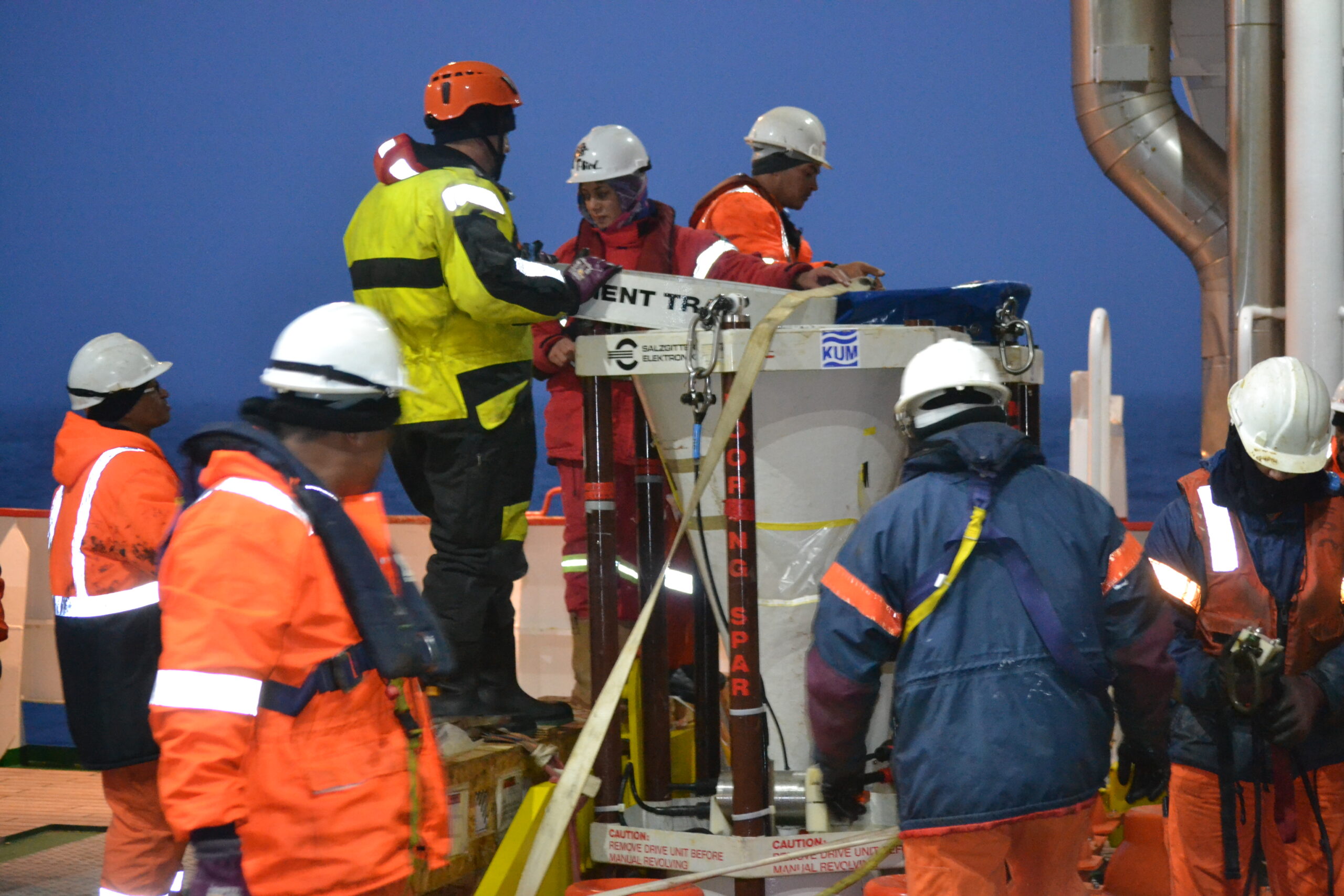
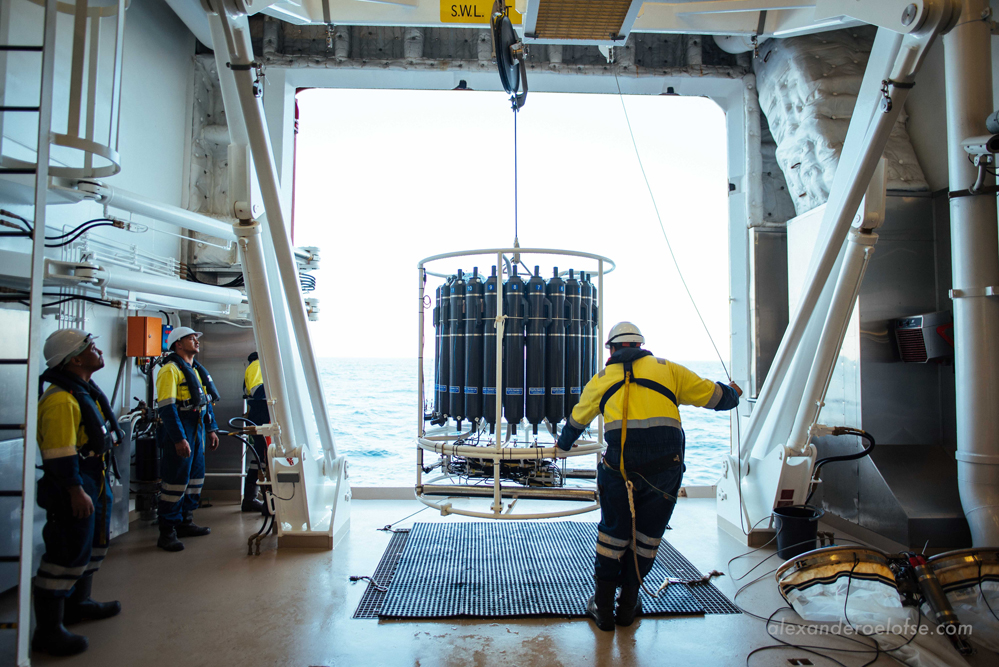
The Antarctic Legacy of South Africa (ALSA) wishes to extend our thanks to the African Marine Solutions: AMSOL seafarers that have served aboard the SA Agulhas I and II over the years. The SA Agulhas II has played host to many Overwintering teams, ushered to the Sub-Antarctic Islands and “home” to SANAP scientists and students for research expeditions. Captains, officers, engineers, deck crew and stewards all play an essential role in the success of a research cruise. Working round the clock to ensure the smooth execution of scientific operations, ensuring a safe working environment and navigating through some of the world’s most treacherous seas.
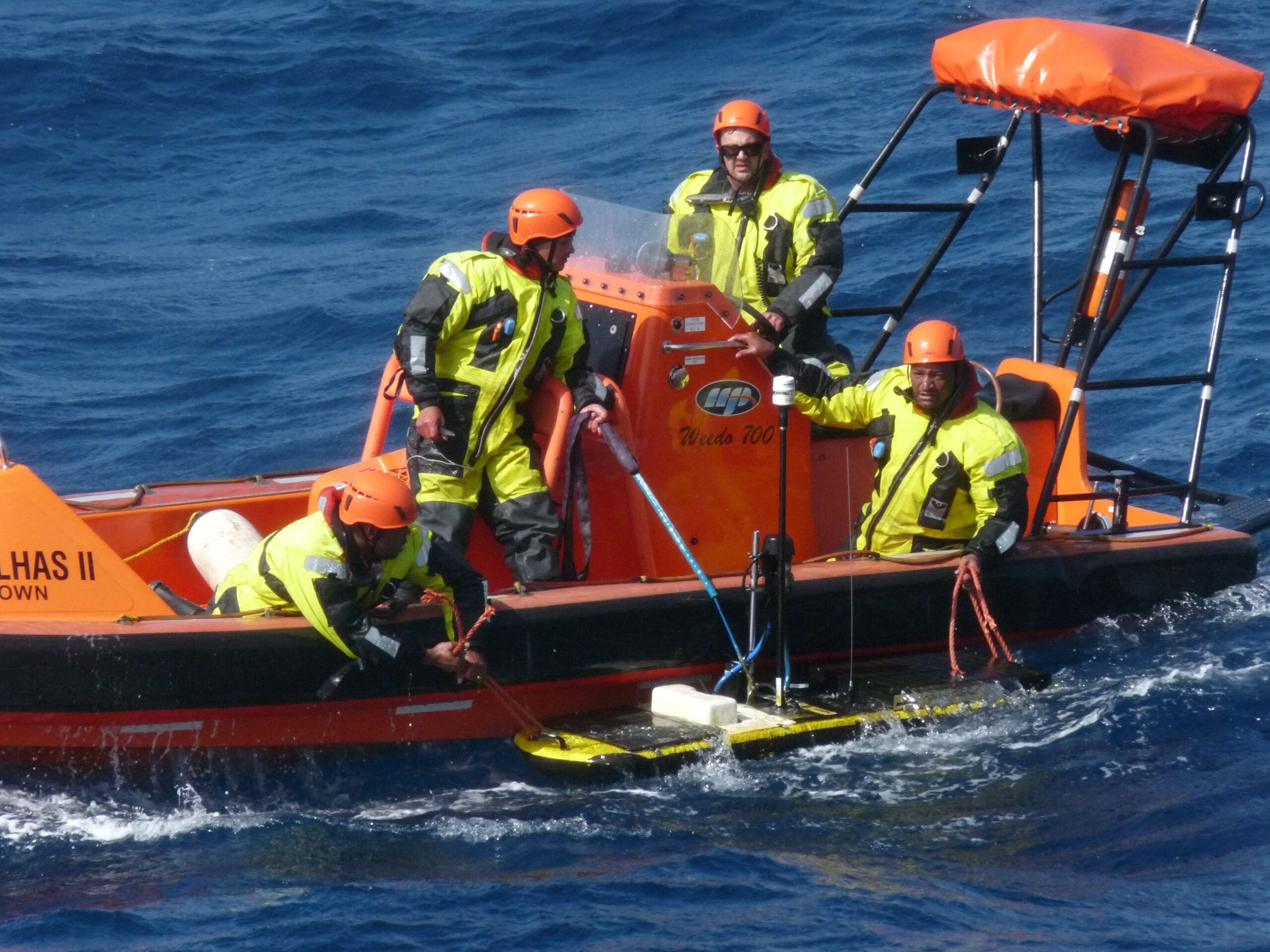
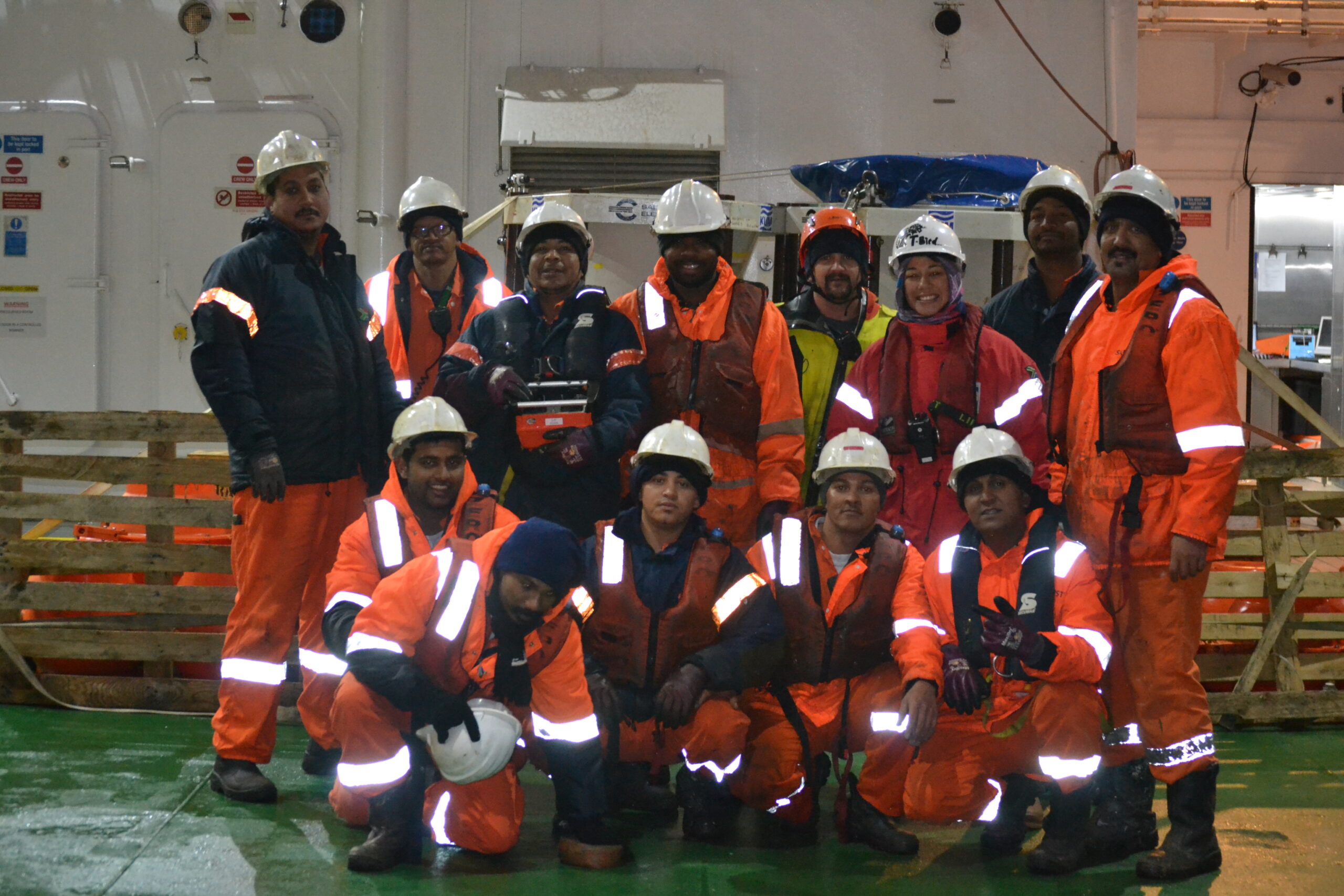
This is an industry which requires great sacrifice and time away from home, however the AMSOL personnel have a level of professionalism which makes working on board efficient and turns the vessel into a “home away from home” for many scientists.
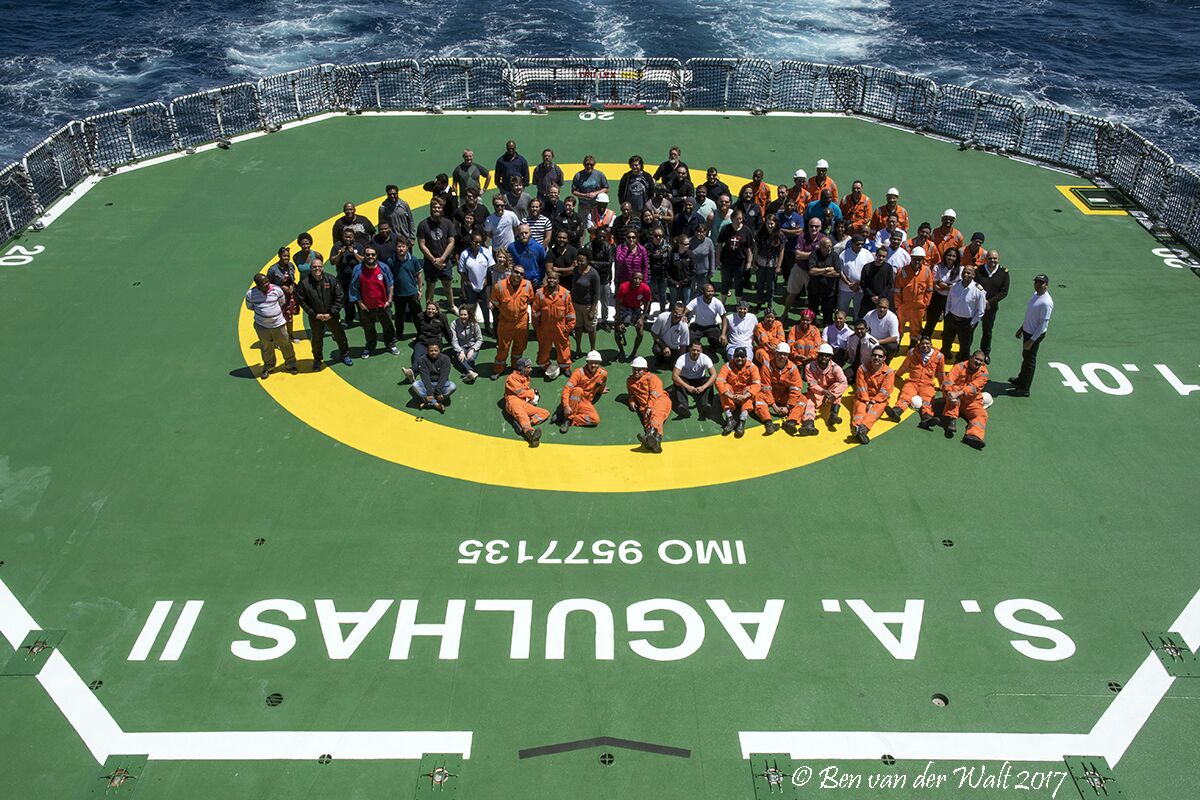 A great sense of pride and honour is instilled in all who sail aboard the SA Agulhas II and is seen as privilege to be part of this legacy of exploration. We thank all administrative staff involved with ensuring safe and efficient operations and celebrate all seafarers, without whom our scientific endeavours in the Southern Ocean would not be possible.
A great sense of pride and honour is instilled in all who sail aboard the SA Agulhas II and is seen as privilege to be part of this legacy of exploration. We thank all administrative staff involved with ensuring safe and efficient operations and celebrate all seafarers, without whom our scientific endeavours in the Southern Ocean would not be possible.
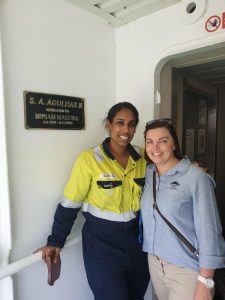
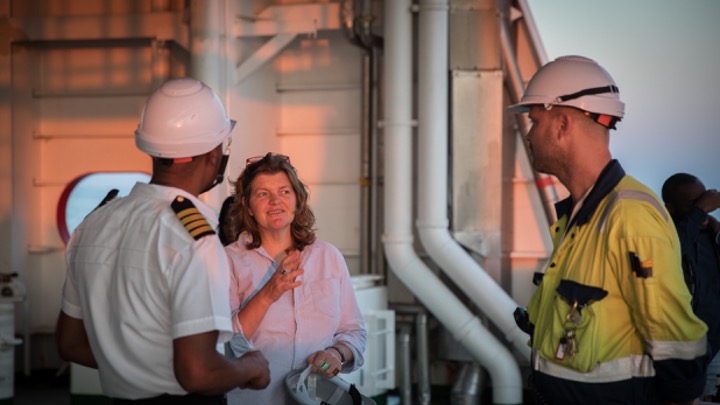

Tahlia Henry, Antarctic Legacy of South Africa, 25 June 2021
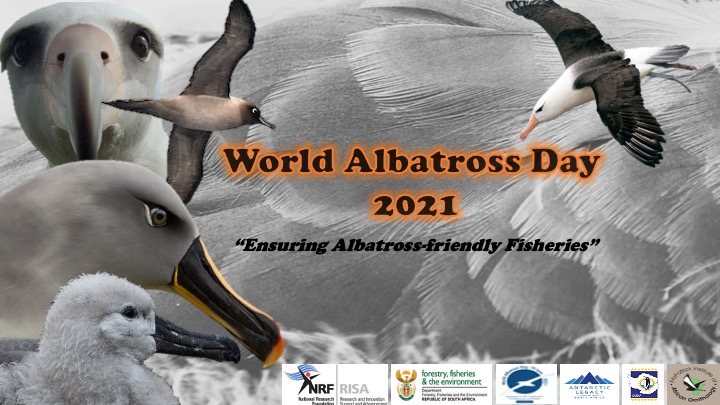
by Ria Olivier | Jun 19, 2021 | Uncategorised

World Albatross Day 2021 is finally here! In May 2019, The Agreement of Conservation of Albatrosses and Petrels (ACAP) Advisory Committee stated that a conservation crisis is faced by 31 listed species of seabirds. Thousands of petrels, shearwaters and albatrosses are dying every year due to the impact of the fishing industry. The need to increase global awareness was instituted by the ACAP in 2020 and thus World Albatross Day is now celebrated every year on the 19th June.
The theme for World Albatross Day 2021 is “Ensuring Albatross-friendly Fisheries”. Due to the large number of seabirds killed as a result of fisheries industry was a main catalyst for the establishment of ACAP and the need to continue and strengthen conservation efforts on a global scale.
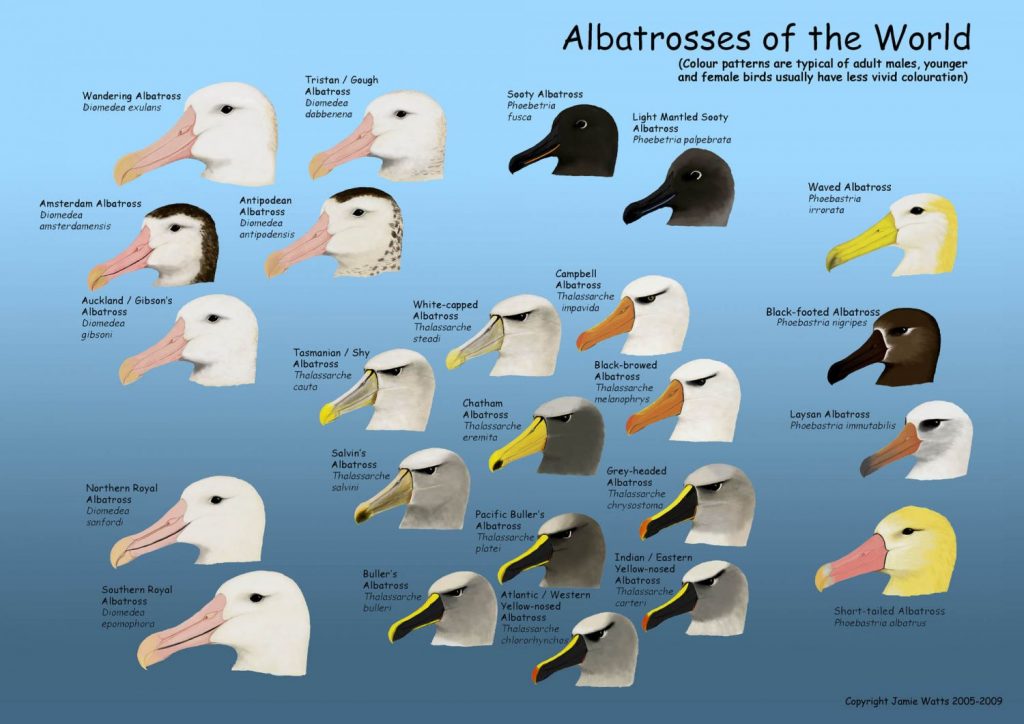 Fun and amazing facts about the albatross is that there are 22 species in the world and they can fly 16,000 km without returning to land! These seabirds are incredible and in support of World Albatross Day, ACAP have created posters and artwork of the 22 albatross species which can be downloaded at (www.acap.aq). The hope is that through the use of these resources, awareness and appreciation for the albatross will be steered amongst members of the public, organisations, schools and Trusts. More albatross images can be viewed on the Antarctic Legacy of South Africa digital repository, which have been collected over the years from Overwintering team members and Takeover Personnel.
Fun and amazing facts about the albatross is that there are 22 species in the world and they can fly 16,000 km without returning to land! These seabirds are incredible and in support of World Albatross Day, ACAP have created posters and artwork of the 22 albatross species which can be downloaded at (www.acap.aq). The hope is that through the use of these resources, awareness and appreciation for the albatross will be steered amongst members of the public, organisations, schools and Trusts. More albatross images can be viewed on the Antarctic Legacy of South Africa digital repository, which have been collected over the years from Overwintering team members and Takeover Personnel.
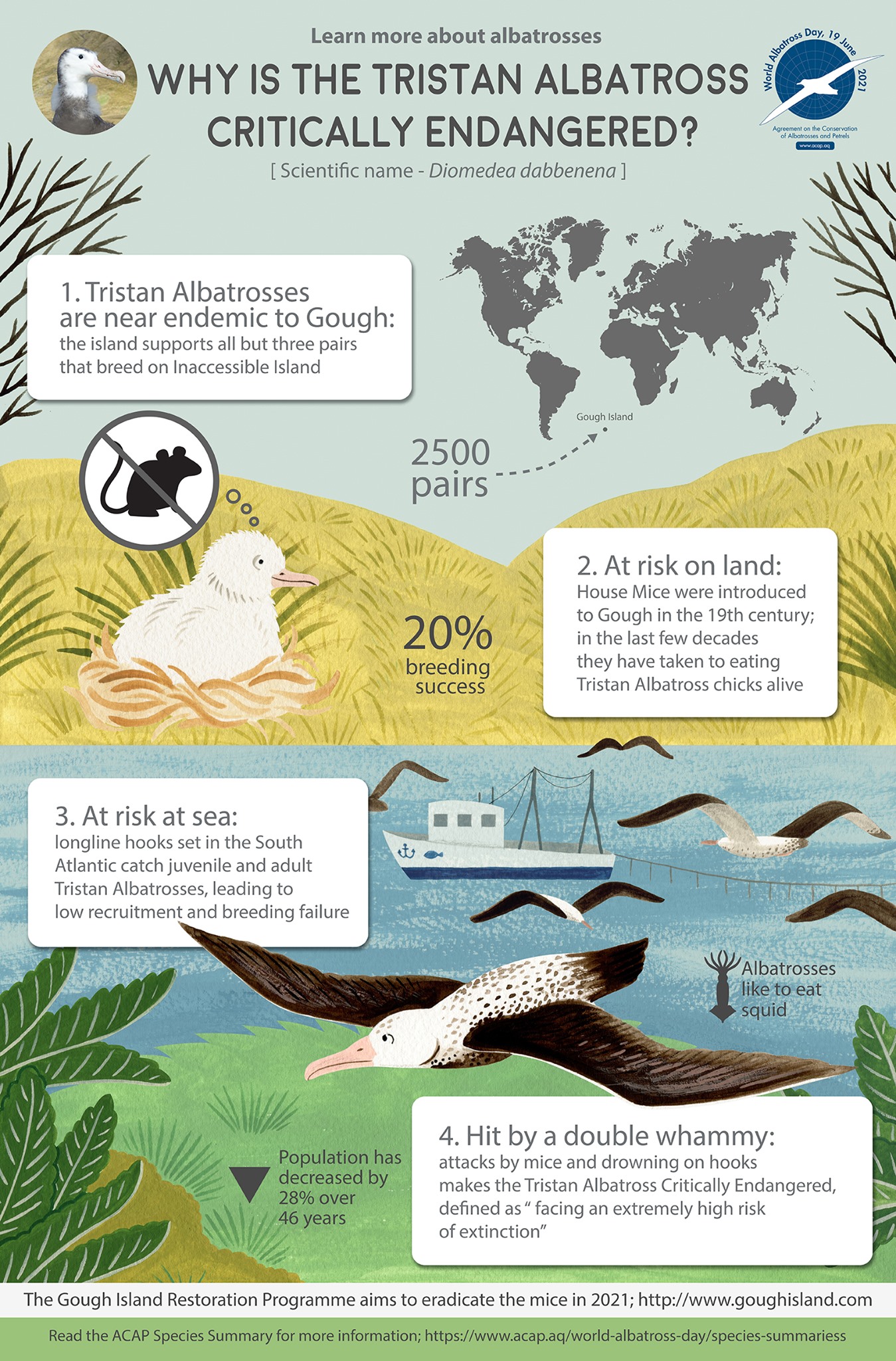 Furthermore, South African National Antarctic Programme (SANAP) in conjunction with Birdlife – South Africa and Percy Fitzpatrick Institute of African Ornithology (UCT) has played an integral role in seabird preservation through ongoing conservation programmes and research projects. Ornithologists form part of the Overwintering teams stationed at South Africa’s research bases namely, Marion Island and Gough Island. Their aim is to conduct conservation research on the seabird population and how best to combat the threats impacting the seabird population. The Gough Island Restoration Programme, was established to eradicate the invasive mice species (introduced by sailors during the 19th century) which exploit available food resources and cause bodily harm to albatross chicks and adults. The Mouse-Free Marion programme objectives are as follows: – as seen on Gough Island Restoration Programme webpage.
Furthermore, South African National Antarctic Programme (SANAP) in conjunction with Birdlife – South Africa and Percy Fitzpatrick Institute of African Ornithology (UCT) has played an integral role in seabird preservation through ongoing conservation programmes and research projects. Ornithologists form part of the Overwintering teams stationed at South Africa’s research bases namely, Marion Island and Gough Island. Their aim is to conduct conservation research on the seabird population and how best to combat the threats impacting the seabird population. The Gough Island Restoration Programme, was established to eradicate the invasive mice species (introduced by sailors during the 19th century) which exploit available food resources and cause bodily harm to albatross chicks and adults. The Mouse-Free Marion programme objectives are as follows: – as seen on Gough Island Restoration Programme webpage.
- To prevent the extinction of the Critically Endangered Tristan albatross, the Endangered MacGillivray’s prion, and several other small seabird species that are affected by invasive non-native mice.
- To restore the fortunes of Gough Island’s seabirds and ensure the island remains one of the world’s most important seabird nesting sites, worthy of its World Heritage Site status.
- To support Tristan da Cunha in ensuring the long-term future of this special island and its unique wildlife.

Tristan Albatross

Waved Albatross
Two critically endangered albatross species (namely: Tristan and Waved albatross) from Gough Island and the Galapagos islands have been chosen to serve as the “feature species” to draw attention to the continuing threats all the world’s species of albatrosses face. It is essential to protect and conserve seabirds as they form an integral part of the oceanic ecosystem. Let’s celebrate World Albatross Day, by raising awareness, educating the public about the ongoing issues and show our support of research endeavours such as the Mouse-Free Marion project: https://blogs.sun.ac.za/antarcticlegacy/2021/04/16/do-you-want-to-be-part-of-the-legacy-to-make-marion-island-mouse-free/
Cover photo: Tahlia Henry

by Ria Olivier | May 22, 2021 | Environment, International Days, Legacy, Uncategorised
 In 2014 on International Biodiversity Day the theme was “Island Biodiversity”. The Department of Forestry , Fisheries and the Environment(DFFE) state the following in 2014:“The legacy of a unique evolutionary history, many island species are endemic – found nowhere else on Earth. Islands harbour higher concentrations of endemic species than do continents, and the number and proportion of endemics rises with increasing isolation, island size and topographic variety.”
In 2014 on International Biodiversity Day the theme was “Island Biodiversity”. The Department of Forestry , Fisheries and the Environment(DFFE) state the following in 2014:“The legacy of a unique evolutionary history, many island species are endemic – found nowhere else on Earth. Islands harbour higher concentrations of endemic species than do continents, and the number and proportion of endemics rises with increasing isolation, island size and topographic variety.”
 Today on International biodiversity day we celebrate Marion Island in all its diversity. “With increasing development pressures and climate change islands are now more threatened than ever before. Unless there is immediate action to save the remaining unprotected hotspot areas, the species losses will increase severely especially among those species that are endemic to these islands. Protecting them is vital and necessary, to ensure their conservation for future generations.” – Media release DFFE
Today on International biodiversity day we celebrate Marion Island in all its diversity. “With increasing development pressures and climate change islands are now more threatened than ever before. Unless there is immediate action to save the remaining unprotected hotspot areas, the species losses will increase severely especially among those species that are endemic to these islands. Protecting them is vital and necessary, to ensure their conservation for future generations.” – Media release DFFE
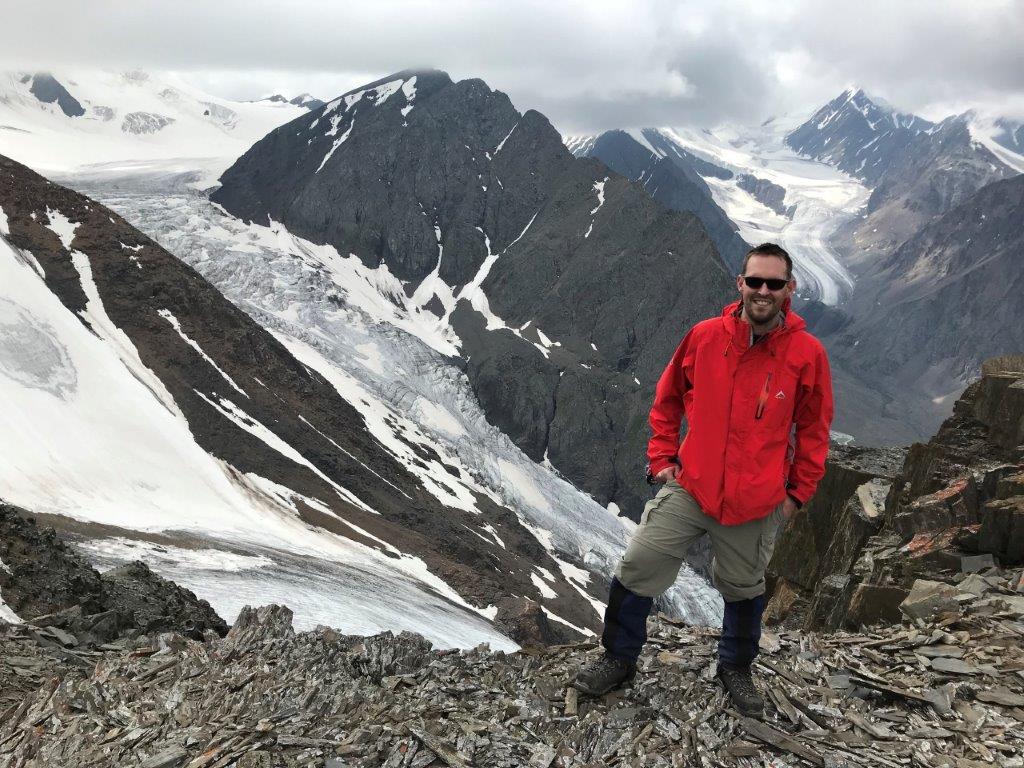
 The theme for this year is “We are part of the solution for nature”- in an Instagram post David Hedding(left) highlight the landscape response to climate – Did you know South Africa had a glacier until very recently?
The theme for this year is “We are part of the solution for nature”- in an Instagram post David Hedding(left) highlight the landscape response to climate – Did you know South Africa had a glacier until very recently?
“In 1966, Dr Brian Huntley(right) photographed the summit region of Marion Island known as the ‘Ice Plateau’.

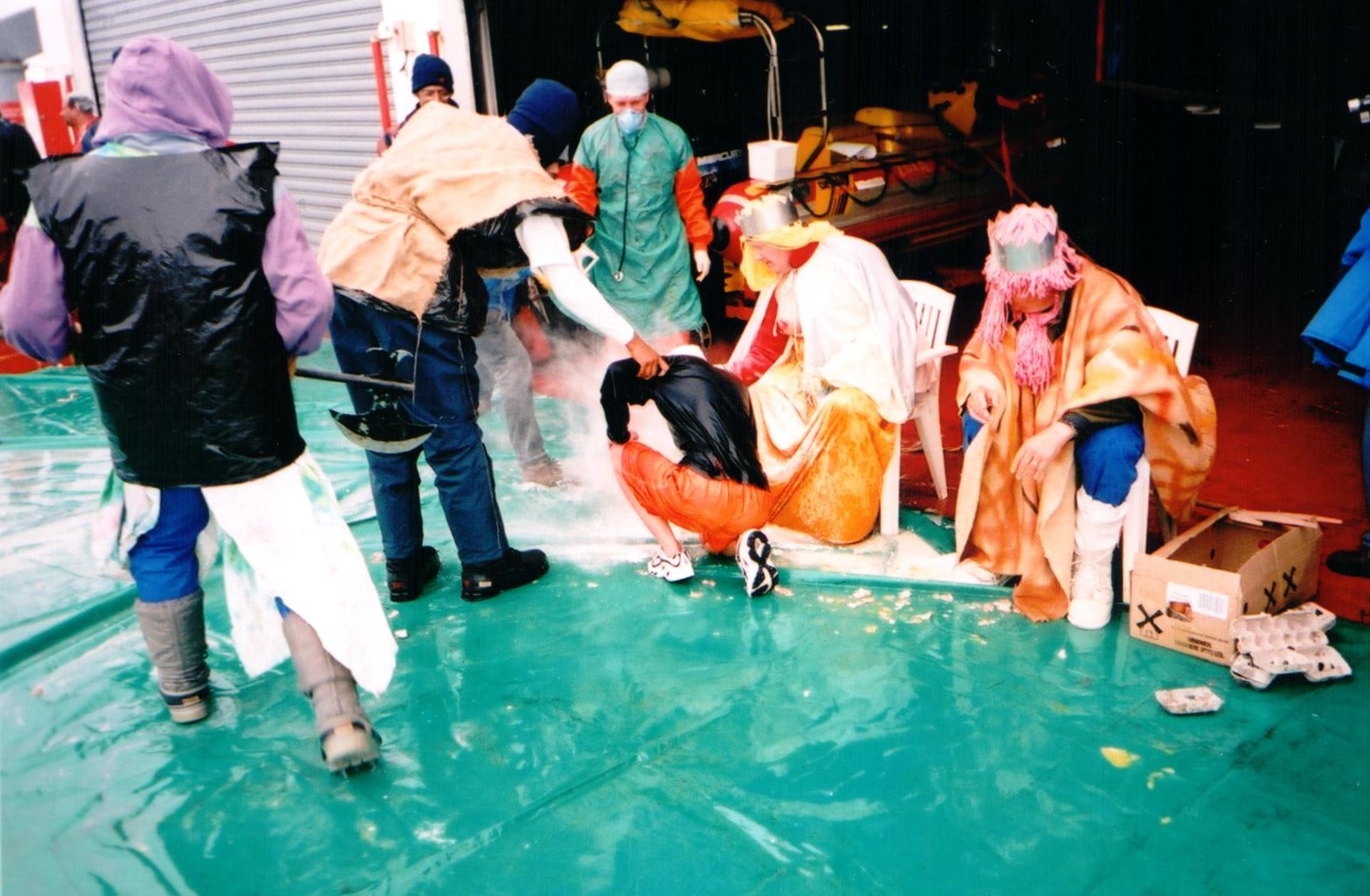 Flow lines visible in the photograph showed that ice was moving (top – image 1- left). In 2004, while doing my Masters, I decided to return to same spot and rephotograph the Ice Plateau to compare (middle – image 1- left). Sadly, much of the ice was melting away and when assessed in the context of climate amelioration recorded at the island provided evidence for the most drastic landscape response to climate change on the island. In 2021, I decided to try get back up to the Ice Plateau. Fortunately, I got a lucky break and managed to get back up on a relatively decent day to summit Mascarin Peak (image 4 -right) and rephotograph the area again (bottom – image 1- left).
Flow lines visible in the photograph showed that ice was moving (top – image 1- left). In 2004, while doing my Masters, I decided to return to same spot and rephotograph the Ice Plateau to compare (middle – image 1- left). Sadly, much of the ice was melting away and when assessed in the context of climate amelioration recorded at the island provided evidence for the most drastic landscape response to climate change on the island. In 2021, I decided to try get back up to the Ice Plateau. Fortunately, I got a lucky break and managed to get back up on a relatively decent day to summit Mascarin Peak (image 4 -right) and rephotograph the area again (bottom – image 1- left).
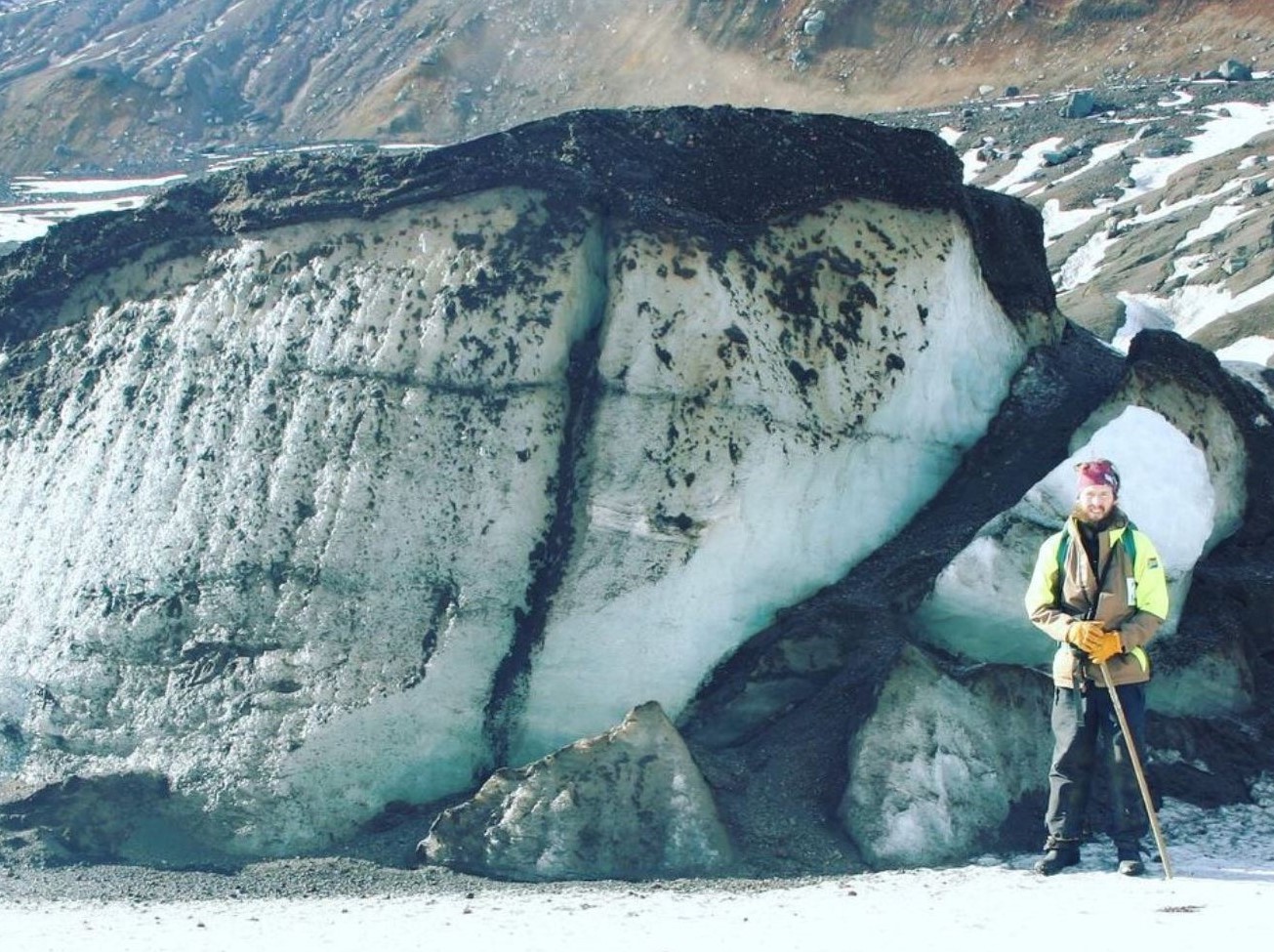
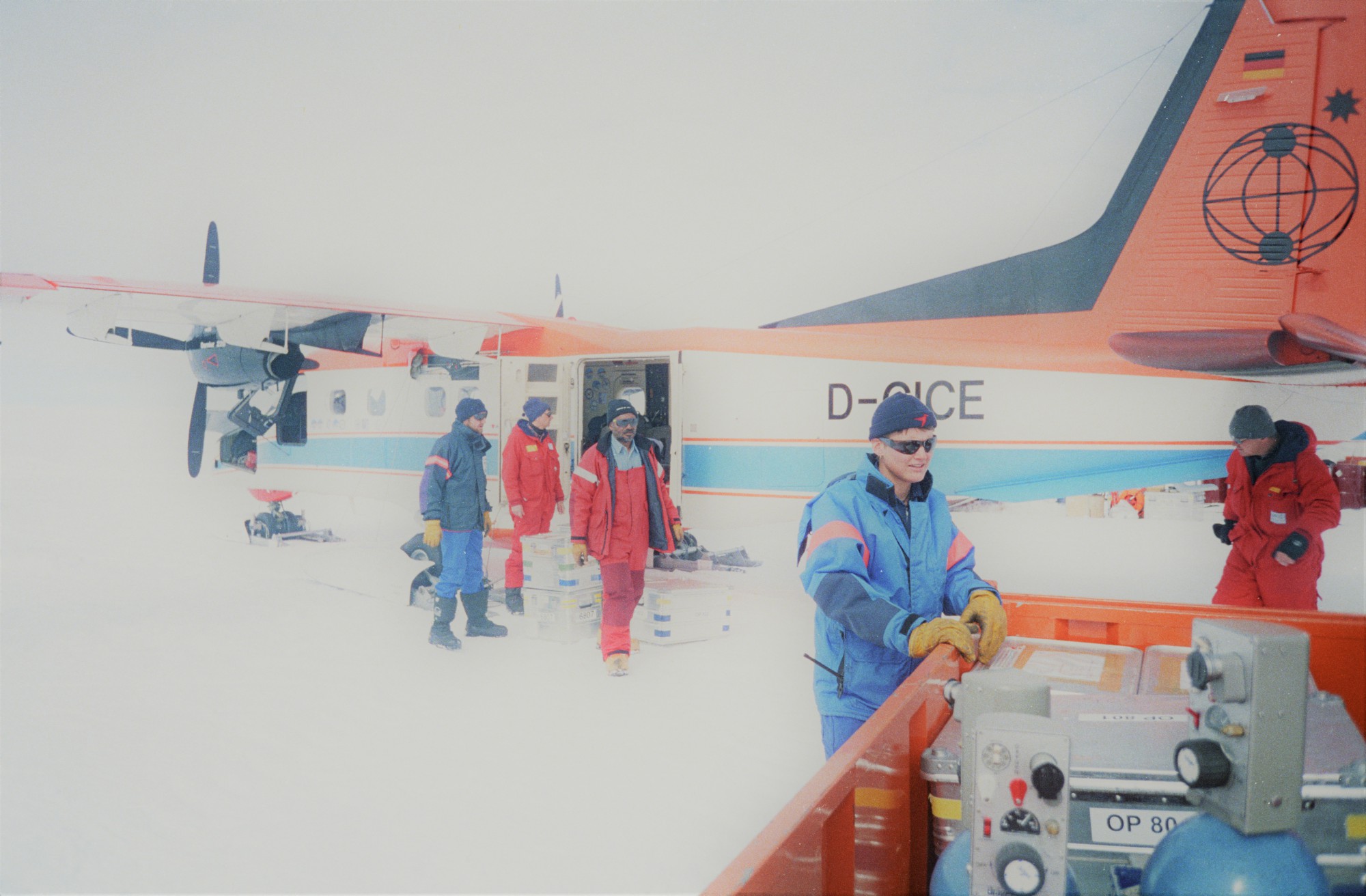 Sadly, I noticed even further melt-out with all the ice caves now gone and much of the remaining buried ice also having disappeared (image 2 -left & image 3-right).
Sadly, I noticed even further melt-out with all the ice caves now gone and much of the remaining buried ice also having disappeared (image 2 -left & image 3-right).

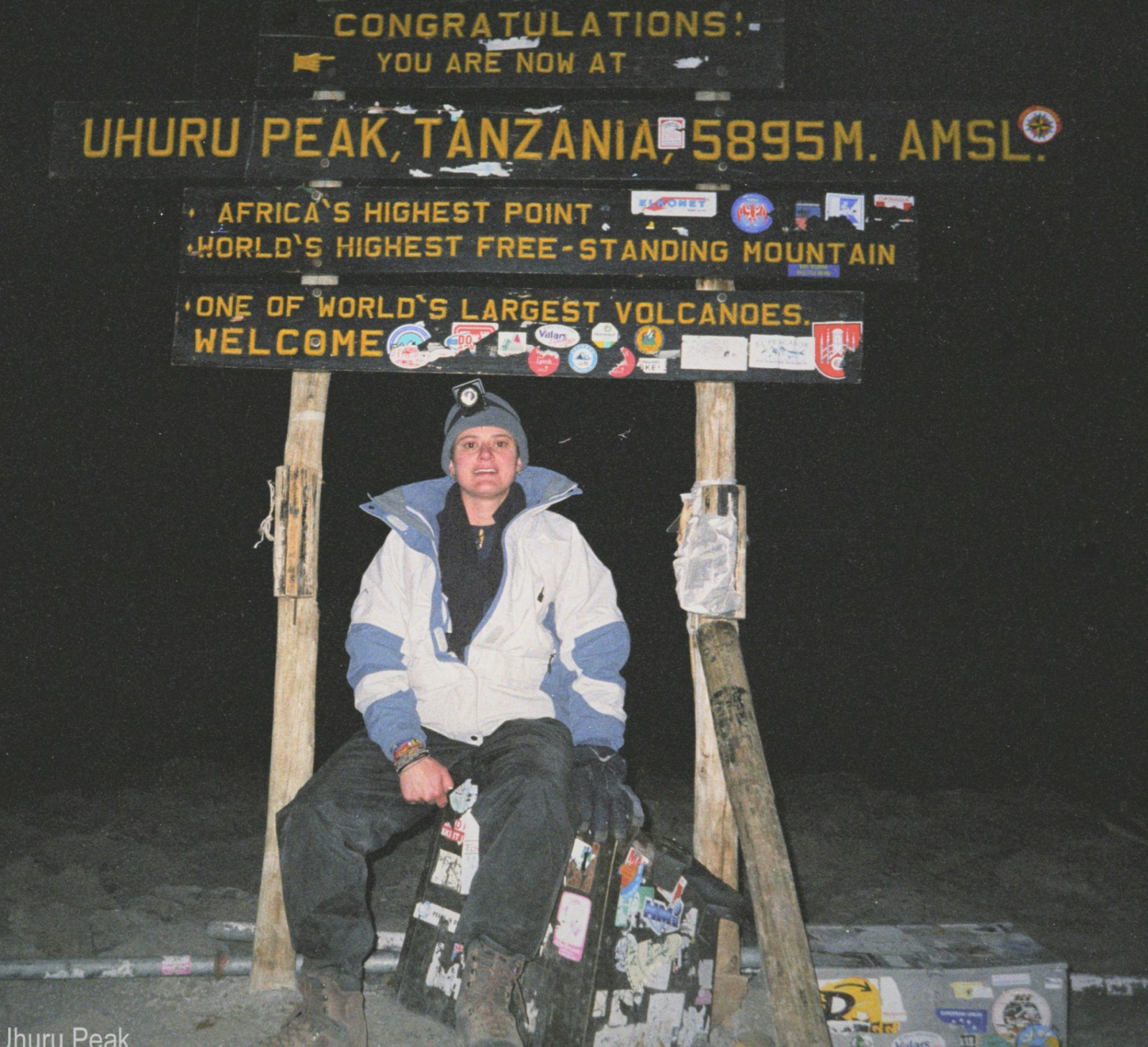 The remaining ice was protected from increasing air temperatures and insolation (solar radiation) under a layer of scoria so the ice probably lasted a lot longer than it should have and although a few pockets of buried ice were still visible the ‘Ice Plateau’ as it was once called is no more (images 5-left & 6-right).”
The remaining ice was protected from increasing air temperatures and insolation (solar radiation) under a layer of scoria so the ice probably lasted a lot longer than it should have and although a few pockets of buried ice were still visible the ‘Ice Plateau’ as it was once called is no more (images 5-left & 6-right).”
Be part of the solution give your comments on The Minister of Forestry, Fisheries and the Environment, Ms Barbara Creecy, on the revised National Biodiversity Framework (NBF) 2019 to 2024. Minister Creecy granted an extension until 07 June 2021 for public consultation. An electronic copy of the Government Notice and the draft revised framework can be downloaded from the Department of Forestry, Fisheries and the Environment website from the following link: Biodiversity Act, 2004 (Act No. 10 Of 2004): draft revised National Biodiversity Framework published for public comment in terms of the National Environmental Management [G 44229 – GoN 171]
Images, captions: David Hedding
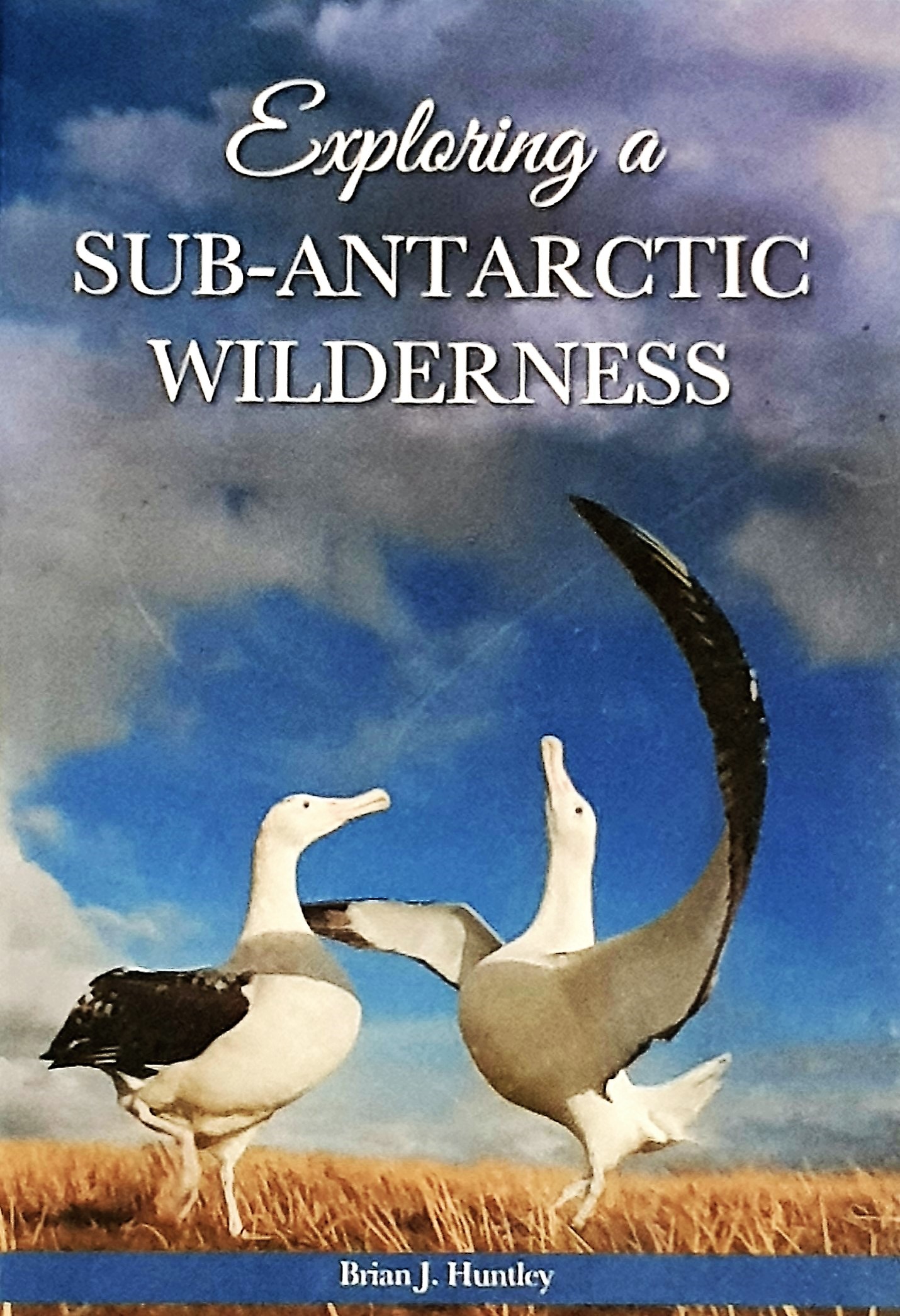 Dr Brian Huntley publication available form the Antarctic Legacy fo South Africa antarcticlegacy@sun.ac.za
Dr Brian Huntley publication available form the Antarctic Legacy fo South Africa antarcticlegacy@sun.ac.za
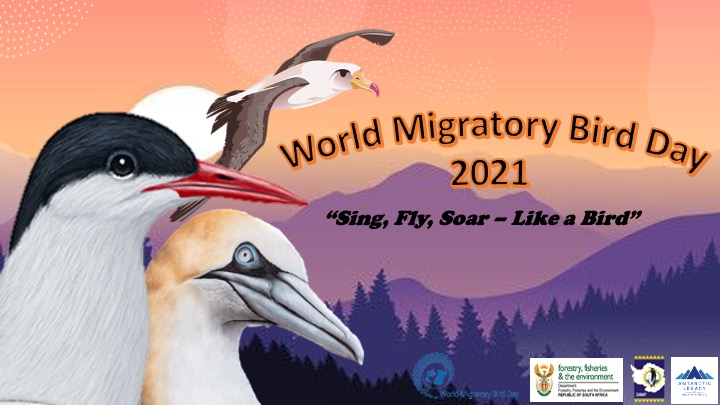
by Ria Olivier | May 8, 2021 | Uncategorised

“Sing, Fly, Soar – Like a bird!” That is the 2021 theme for World Migratory Bird Day, observed on the 8th May and on the 10th October (International Migratory Bird Day). This theme highlights the phenomena of the “bird song” and “bird flight” which inspires people to celebrate and appreciate migratory birds, their habits and unique behavioural patterns.
In a joint collaboration between the Secretariat of the Agreement on the Conservation of African-Eurasian Migratory Waterbirds (UNEP-AEWA) and Secretariat of the Convention on the Conservation of Migratory Species of Wild Animals, a day to observe and highlight the need for conservation of migratory birds was initiated. World Migratory Bird Day (WMBD), was officially established in 2006 and served as a yearly awareness-rising campaign to highlight the importance of migratory birds and the need for global conservation of the “Flyway” regions.
 These “Flyway” regions are denoted as theAmericas, African-Eurasian and East Asian-Australasian and highlight the migratory patterns of birds. The 2021 theme for WMBD is to inspire people around the globe to share in the desire to celebrate migratory birds and unite in the common effort to protect the diverse habitats which these birds need to survive.
These “Flyway” regions are denoted as theAmericas, African-Eurasian and East Asian-Australasian and highlight the migratory patterns of birds. The 2021 theme for WMBD is to inspire people around the globe to share in the desire to celebrate migratory birds and unite in the common effort to protect the diverse habitats which these birds need to survive.
The South African National Antarctic Program (SANAP) plays a large role in the conservation and preservation of Marine Birds and their habitats. Ornithology researchers (Birders) deployed to Marion Island and Gough Island (South African research bases) are tasked with updating ongoing databases and continue conservation efforts in protecting the marine bird population on the islands. Similarly, Birders (ornithologists) are deployed on the SA Agulhas II for the duration of a voyage in order to observe and count marine birds at sea. This data is used by BirdLife South Africa to continue efforts in conservation. To read more about the ongoing conservation projects around the Sub-Antarctic Islands, refer to the following links: Gough Island project – https://www.goughisland.com/ Marion Island project- www.mousefreemarion.org
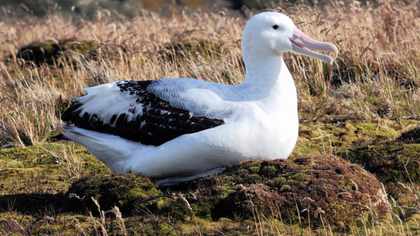
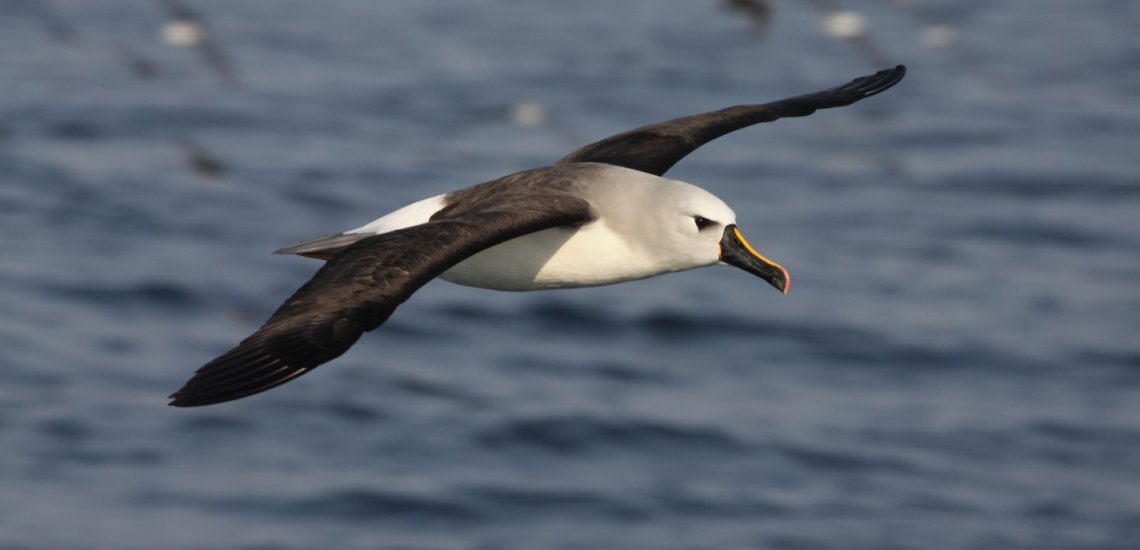
(L-R) Wandering Albatross perched on a nest, Atlantic Yellow Nosed Albatross.
On this World Migratory Bird Day, take the time to actively listen to and watch the birds wherever you are. Activities such as bird watching and identification is encouraged in order to nurture a shared appreciation of birds and nature. The take home message for WMBD 2021 is that “migratory birds connect us with their unique songs and flights, and remind us of the importance of working together, across borders, to protect them.”
For further reading on current and past Marine Bird research projects conducted by scientists such Dr Maelle Connon please refer to https://www.sanap.ac.za/explore/research. If you wish to view more images of birds please take the time to browse the archive.
Fun Fact
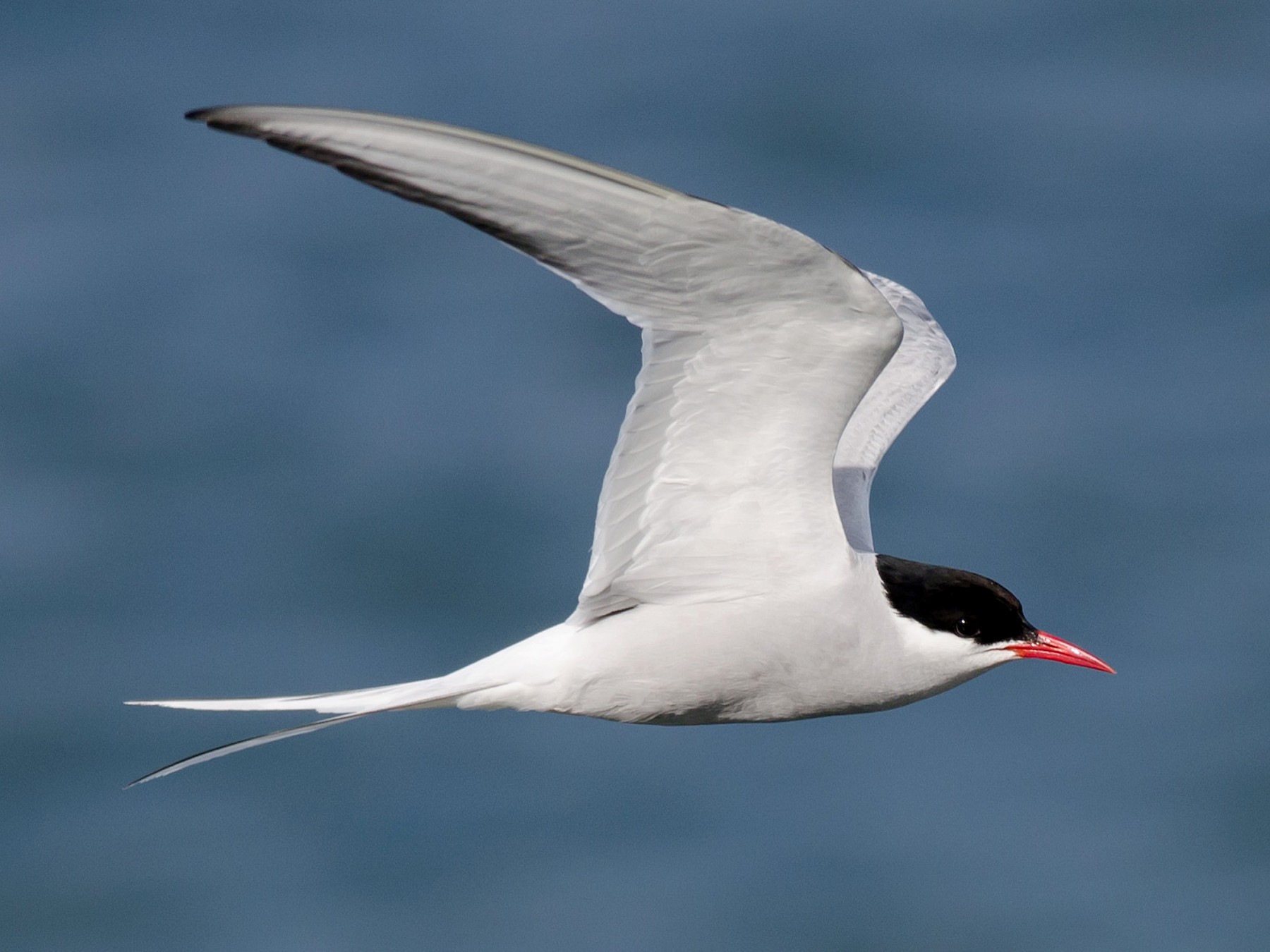
Arctic Tern (https://ebird.org/species/arcter/)
The Arctic Tern has the longest migratory pattern following a convoluted route from its Northern breeding grounds (Arctic) to the Antarctic coast for summer season and returning north six months later.
Cover image: Tahlia Henry


 SANAP research project by Prof Trevor Mcintyre in die Department of Life and Consumer Sciences at University of South Afrcia as principal investigator and Dr Mia Wege , Co-Invesitigator from Department of Zoology and Entomology at University of Pretoria.
SANAP research project by Prof Trevor Mcintyre in die Department of Life and Consumer Sciences at University of South Afrcia as principal investigator and Dr Mia Wege , Co-Invesitigator from Department of Zoology and Entomology at University of Pretoria. Antarctica and the surrounding Southern Ocean marine ecosystems are changing rapidly due to anthropogenic climate change. Seals, whales and seabirds, i.e. top-predators, are abundant and conspicuous components of the Southern Ocean ecosystem. Far-ranging and numerous consumers, they connect food webs and are influenced by the distribution of their prey. Labelled as sentinels of change, they are well-studied in comparison to other Antarctic and Southern Ocean taxa. (Image above: Ross Seal. Credit: Mia Wege)
Antarctica and the surrounding Southern Ocean marine ecosystems are changing rapidly due to anthropogenic climate change. Seals, whales and seabirds, i.e. top-predators, are abundant and conspicuous components of the Southern Ocean ecosystem. Far-ranging and numerous consumers, they connect food webs and are influenced by the distribution of their prey. Labelled as sentinels of change, they are well-studied in comparison to other Antarctic and Southern Ocean taxa. (Image above: Ross Seal. Credit: Mia Wege) Ross seals (Ommatophoca rossii), the least-studied of all the Antarctic pinnipeds, are unique in their foraging behaviour. Unlike other Antarctic marine predators, they travel north and away from the Antarctic continent. In summer, they hunt for prey in the open ocean, while in winter they spent the majority of their time within the Marginal Ice Zone (MIZ), tracking the seasonal ice edge as it grows within winter. This unique behaviour raises several questions and opportunities to study the impacts of climate change on their ocean habitat. (Image above: Ross Seal Credit: Mia Wege)
Ross seals (Ommatophoca rossii), the least-studied of all the Antarctic pinnipeds, are unique in their foraging behaviour. Unlike other Antarctic marine predators, they travel north and away from the Antarctic continent. In summer, they hunt for prey in the open ocean, while in winter they spent the majority of their time within the Marginal Ice Zone (MIZ), tracking the seasonal ice edge as it grows within winter. This unique behaviour raises several questions and opportunities to study the impacts of climate change on their ocean habitat. (Image above: Ross Seal Credit: Mia Wege) This project aims to create an integrative view of Ross seals focusing on foraging ecology, physiology, and interactions with the MIZ. Fine-scale dive recorders will measure how Ross seals adapt their behaviour within the water column in response to environmental change. Novel physiological data collected on their aerobic dive limit and oxygen storage capabilities will determine whether this species is operating at, or close to, its maximum physiological capacity and therefore less capable of compensating for natural or anthropogenic changes in the environment.
This project aims to create an integrative view of Ross seals focusing on foraging ecology, physiology, and interactions with the MIZ. Fine-scale dive recorders will measure how Ross seals adapt their behaviour within the water column in response to environmental change. Novel physiological data collected on their aerobic dive limit and oxygen storage capabilities will determine whether this species is operating at, or close to, its maximum physiological capacity and therefore less capable of compensating for natural or anthropogenic changes in the environment.  A time-series created for compound-specific isotope analyses of amino acids using whisker segments will be able discern how specialised these predators are in their diet in relation to changes in a shifting isotopic baseline.Combining these three facets will determine the level of behavioural plasticity in Ross seals and their ability to cope with a changing environment.
A time-series created for compound-specific isotope analyses of amino acids using whisker segments will be able discern how specialised these predators are in their diet in relation to changes in a shifting isotopic baseline.Combining these three facets will determine the level of behavioural plasticity in Ross seals and their ability to cope with a changing environment.
 Above: (Left) Trevor McIntyre (Right) Mia Wege
Above: (Left) Trevor McIntyre (Right) Mia Wege
 Crabeater seals
Crabeater seals

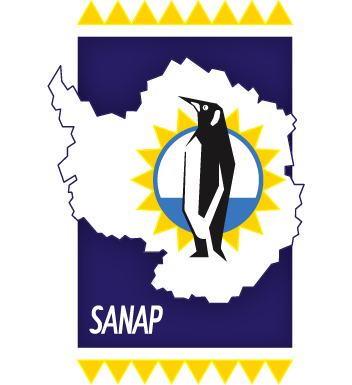





 Danielle Conri, field assistant on killer whales of the
Danielle Conri, field assistant on killer whales of the 
 Always good to make a snow angel.
Always good to make a snow angel.










 A great sense of pride and honour is instilled in all who sail aboard the SA Agulhas II and is seen as privilege to be part of this legacy of exploration. We thank all administrative staff involved with ensuring safe and efficient operations and celebrate all seafarers, without whom our scientific endeavours in the Southern Ocean would not be possible.
A great sense of pride and honour is instilled in all who sail aboard the SA Agulhas II and is seen as privilege to be part of this legacy of exploration. We thank all administrative staff involved with ensuring safe and efficient operations and celebrate all seafarers, without whom our scientific endeavours in the Southern Ocean would not be possible.



 Fun and amazing facts about the albatross is that there are 22 species in the world and they can fly 16,000 km without returning to land! These seabirds are incredible and in support of World Albatross Day, ACAP have created posters and artwork of the 22 albatross species which can be downloaded at (
Fun and amazing facts about the albatross is that there are 22 species in the world and they can fly 16,000 km without returning to land! These seabirds are incredible and in support of World Albatross Day, ACAP have created posters and artwork of the 22 albatross species which can be downloaded at ( Furthermore,
Furthermore, 


 In 2014 on International Biodiversity Day the theme was “Island Biodiversity”. The
In 2014 on International Biodiversity Day the theme was “Island Biodiversity”. The  Today on
Today on 
 The theme for this year is “We are part of the solution for nature”- in an
The theme for this year is “We are part of the solution for nature”- in an 
 Flow lines visible in the photograph showed that ice was moving (top – image 1- left). In 2004, while doing my Masters, I decided to return to same spot and rephotograph the Ice Plateau to compare (middle – image 1- left). Sadly, much of the ice was melting away and when assessed in the context of climate amelioration recorded at the island provided evidence for the most drastic landscape response to climate change on the island. In 2021, I decided to try get back up to the Ice Plateau. Fortunately, I got a lucky break and managed to get back up on a relatively decent day to summit Mascarin Peak (image 4 -right) and rephotograph the area again (bottom – image 1- left).
Flow lines visible in the photograph showed that ice was moving (top – image 1- left). In 2004, while doing my Masters, I decided to return to same spot and rephotograph the Ice Plateau to compare (middle – image 1- left). Sadly, much of the ice was melting away and when assessed in the context of climate amelioration recorded at the island provided evidence for the most drastic landscape response to climate change on the island. In 2021, I decided to try get back up to the Ice Plateau. Fortunately, I got a lucky break and managed to get back up on a relatively decent day to summit Mascarin Peak (image 4 -right) and rephotograph the area again (bottom – image 1- left).
 Sadly, I noticed even further melt-out with all the ice caves now gone and much of the remaining buried ice also having disappeared (image 2 -left & image 3-right).
Sadly, I noticed even further melt-out with all the ice caves now gone and much of the remaining buried ice also having disappeared (image 2 -left & image 3-right).
 The remaining ice was protected from increasing air temperatures and insolation (solar radiation) under a layer of scoria so the ice probably lasted a lot longer than it should have and although a few pockets of buried ice were still visible the ‘Ice Plateau’ as it was once called is no more (images 5-left & 6-right).”
The remaining ice was protected from increasing air temperatures and insolation (solar radiation) under a layer of scoria so the ice probably lasted a lot longer than it should have and although a few pockets of buried ice were still visible the ‘Ice Plateau’ as it was once called is no more (images 5-left & 6-right).” Dr Brian Huntley publication available form the Antarctic Legacy fo South Africa antarcticlegacy@sun.ac.za
Dr Brian Huntley publication available form the Antarctic Legacy fo South Africa antarcticlegacy@sun.ac.za
 These “Flyway” regions are denoted as theAmericas, African-Eurasian and East Asian-Australasian and highlight the migratory patterns of birds. The 2021 theme for WMBD is to inspire people around the globe to share in the desire to celebrate migratory birds and unite in the common effort to protect the diverse habitats which these birds need to survive.
These “Flyway” regions are denoted as theAmericas, African-Eurasian and East Asian-Australasian and highlight the migratory patterns of birds. The 2021 theme for WMBD is to inspire people around the globe to share in the desire to celebrate migratory birds and unite in the common effort to protect the diverse habitats which these birds need to survive.



